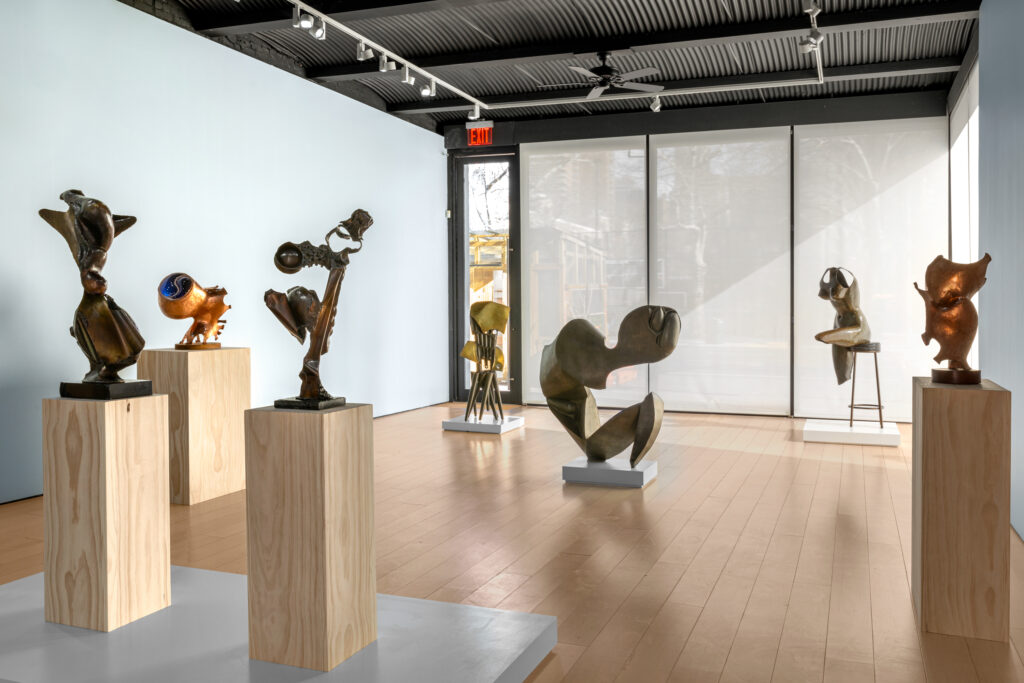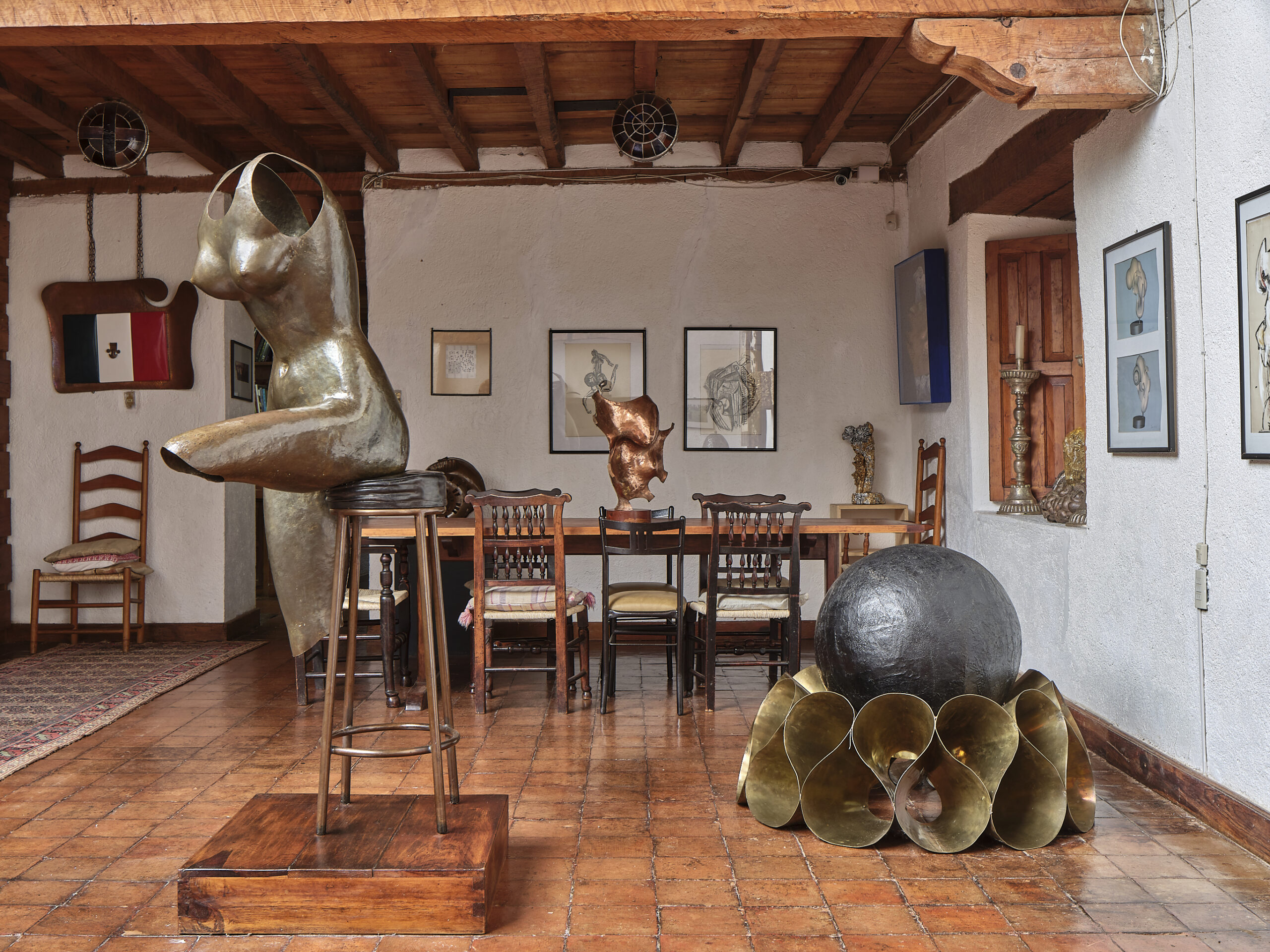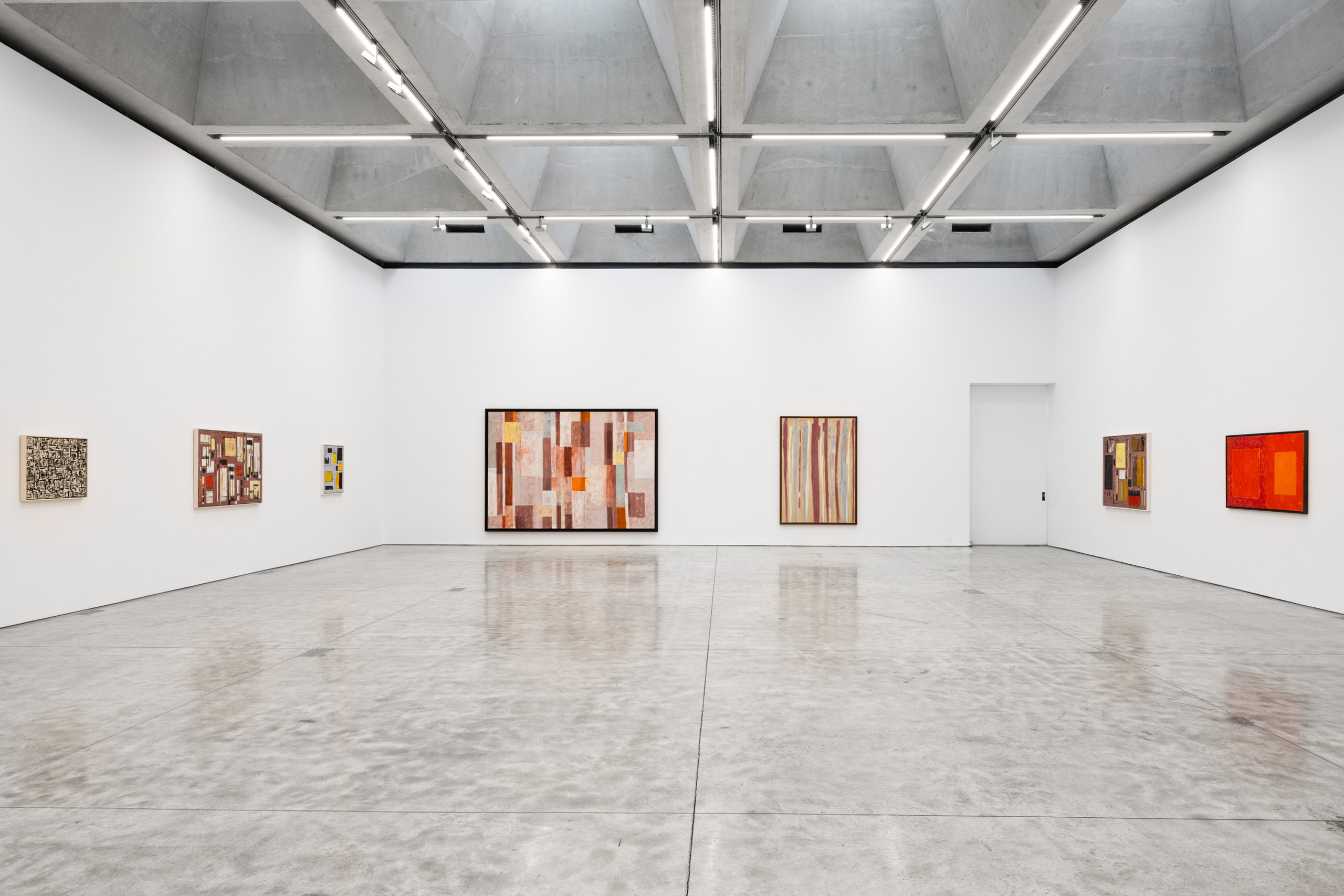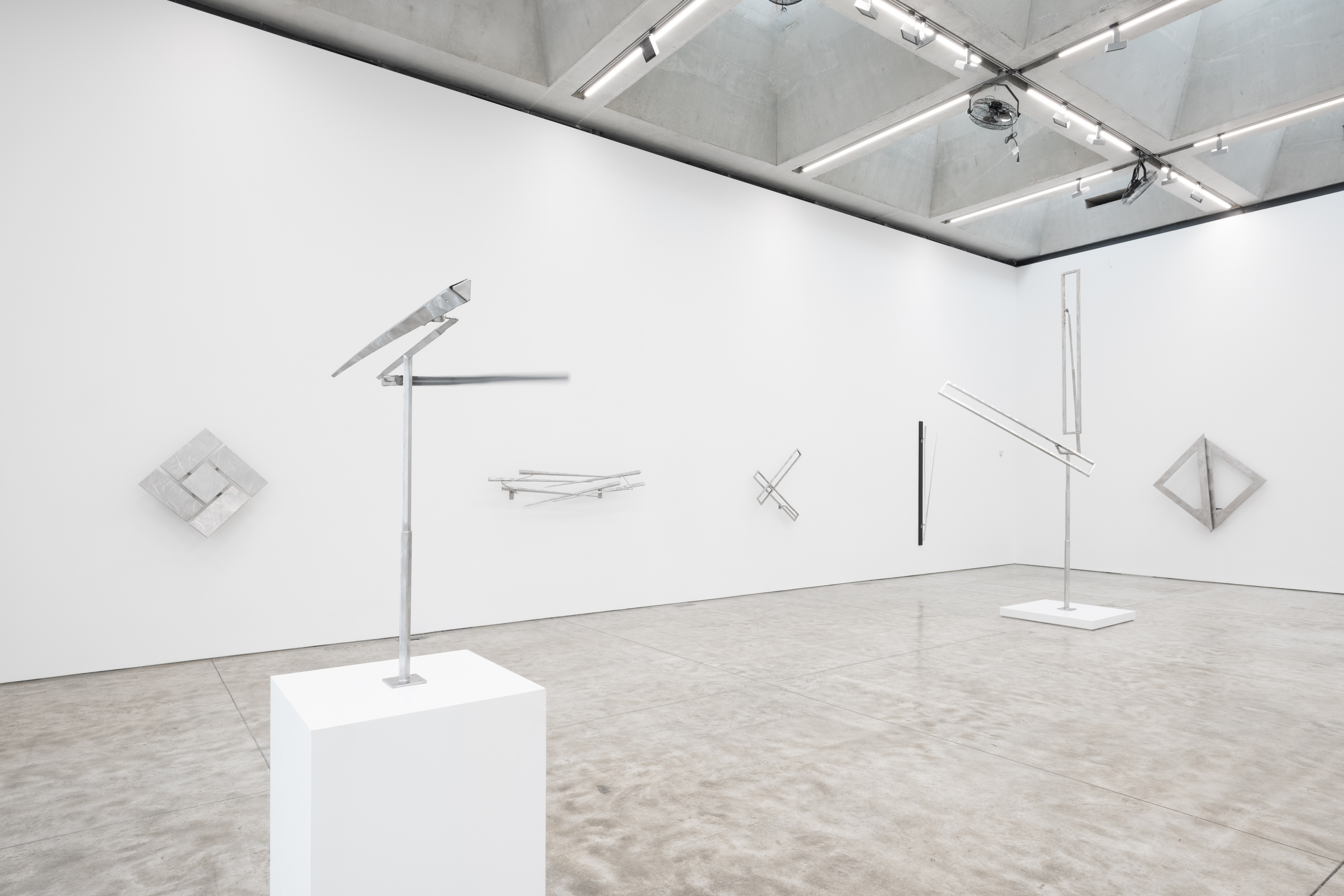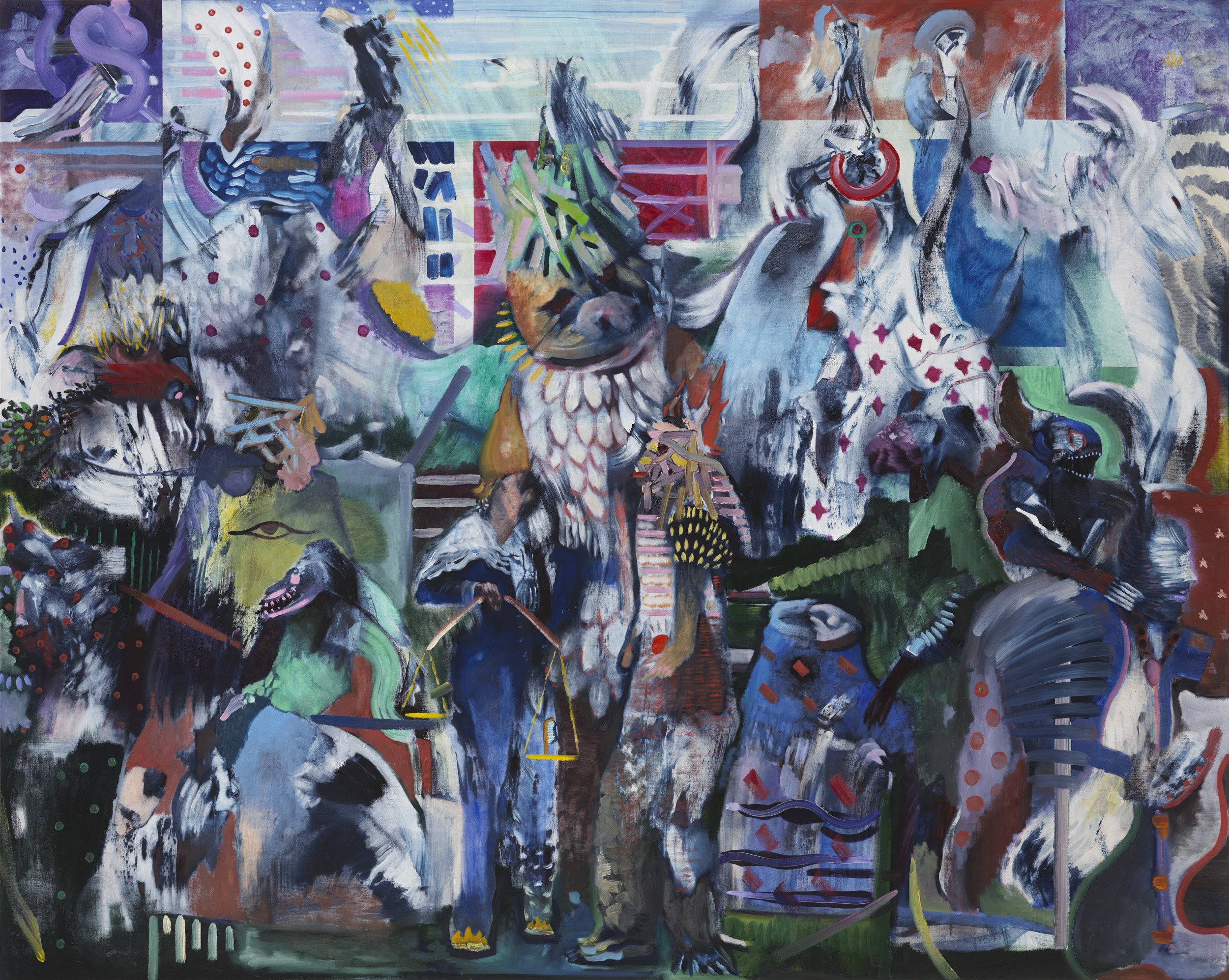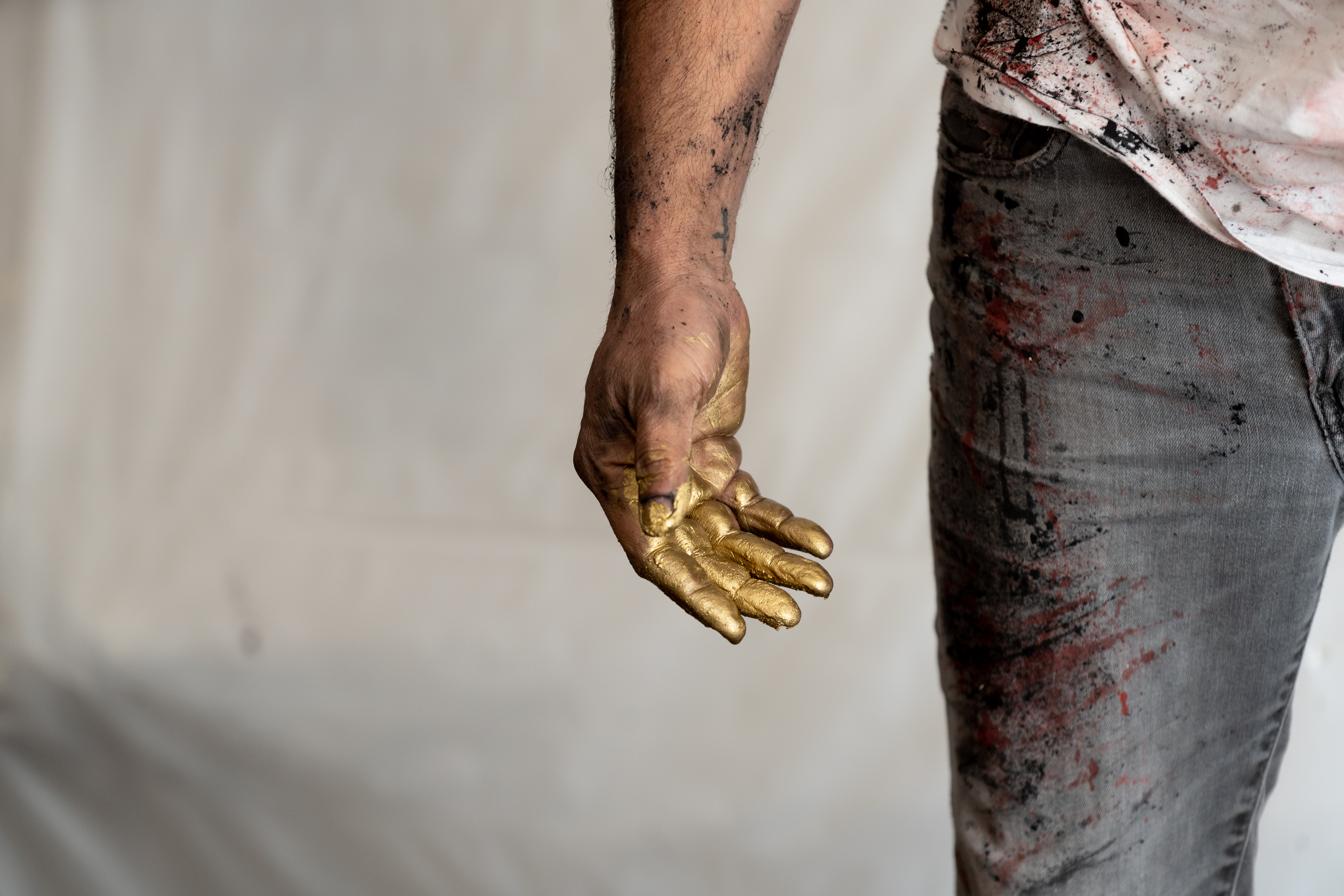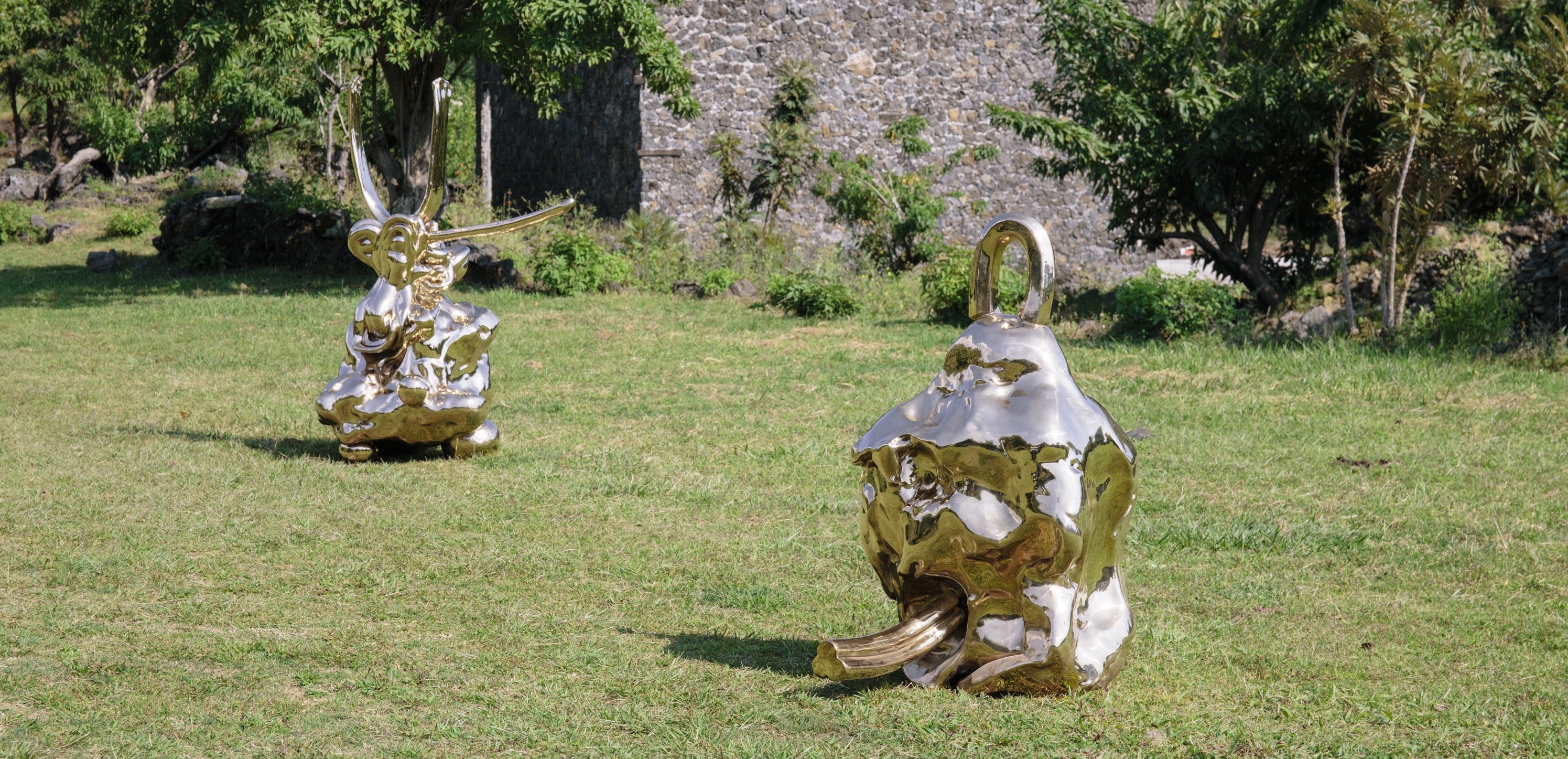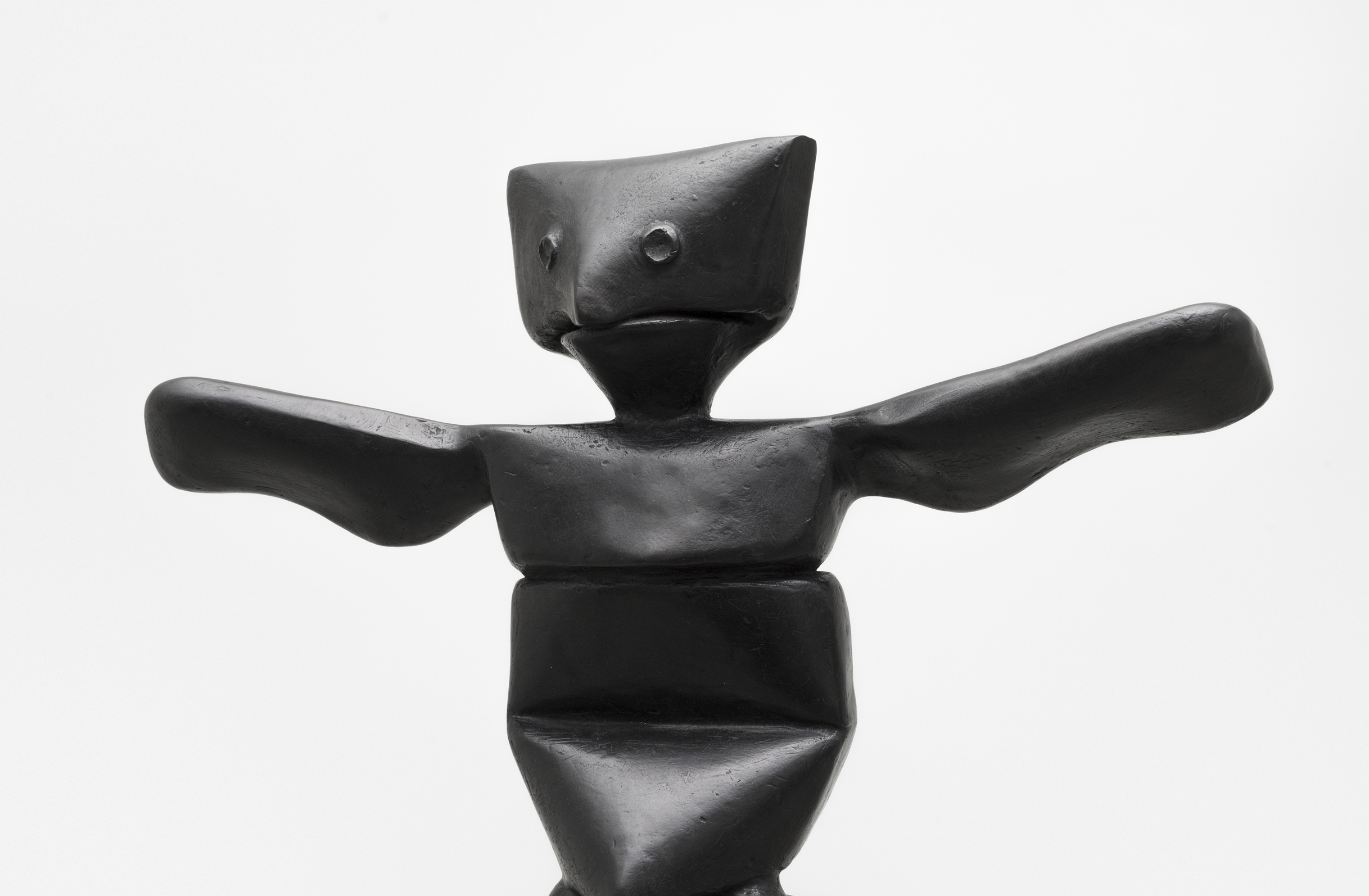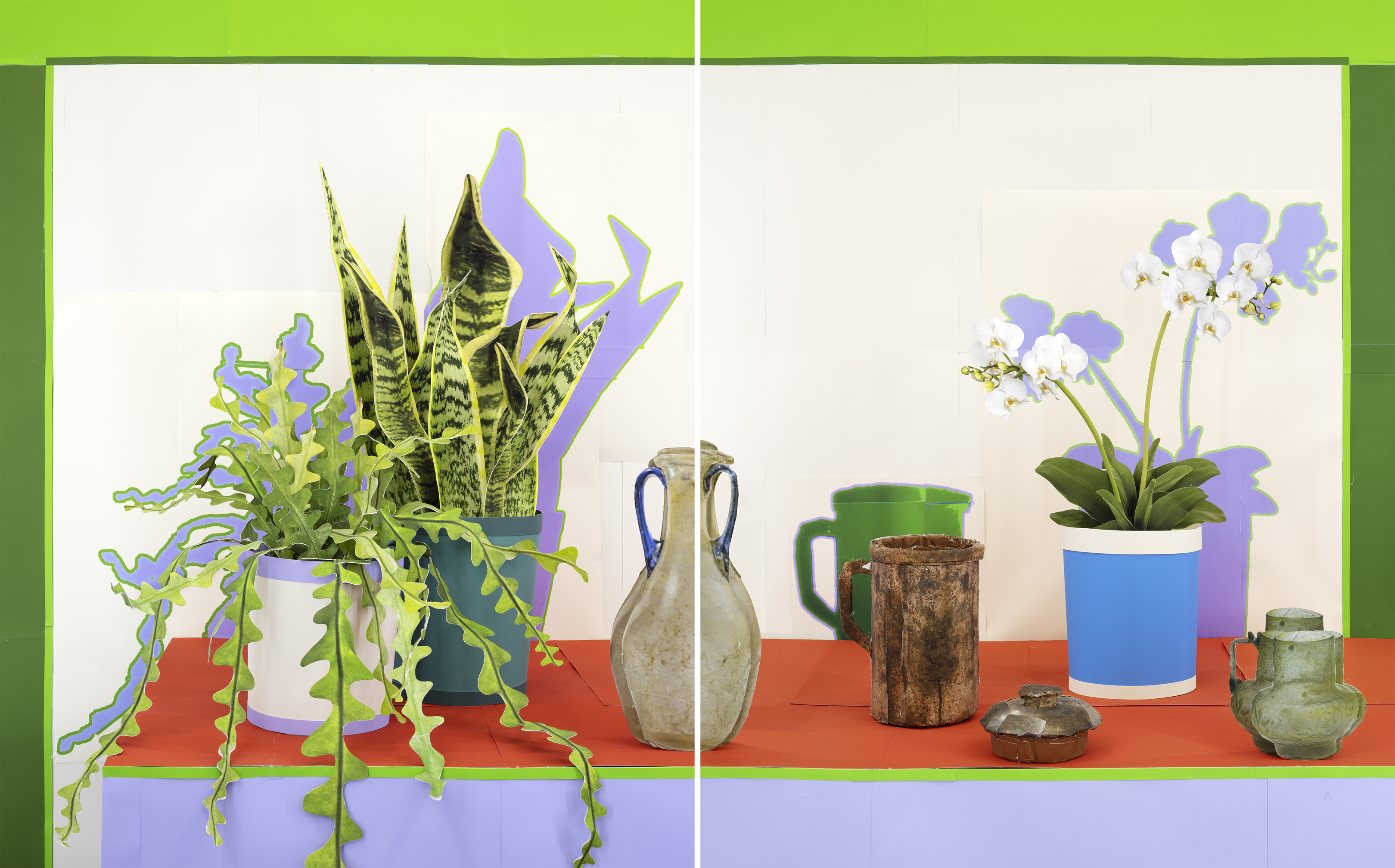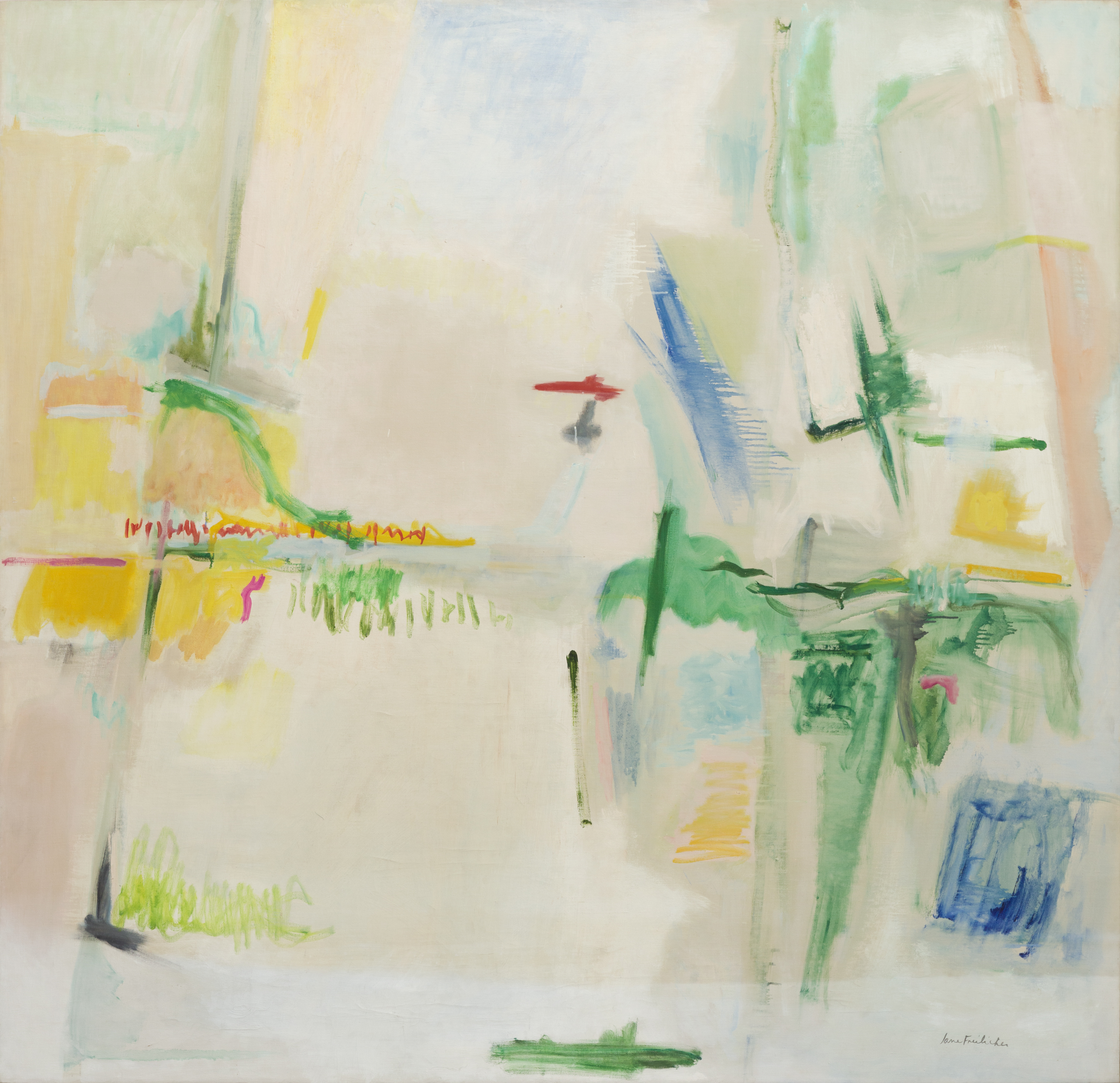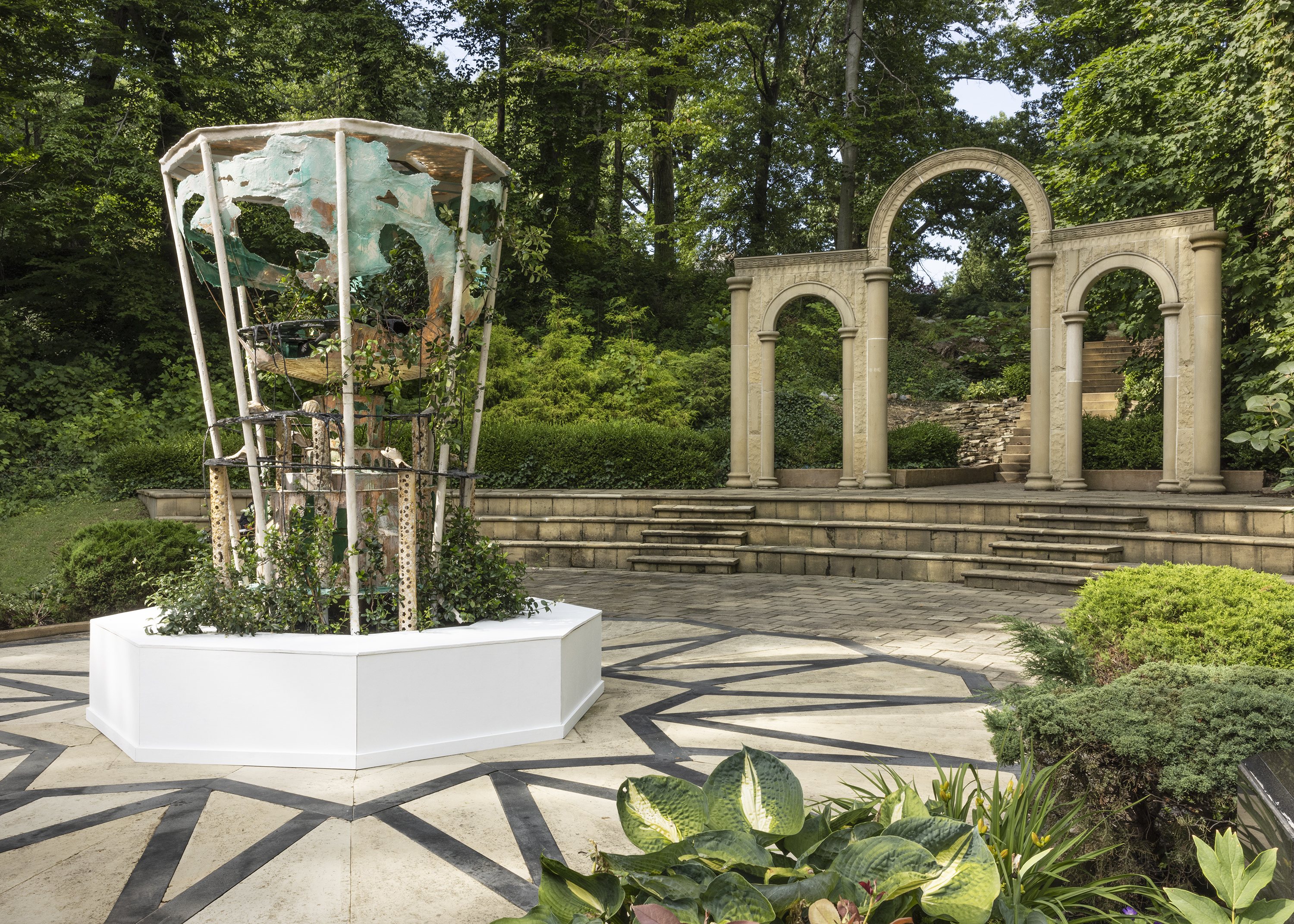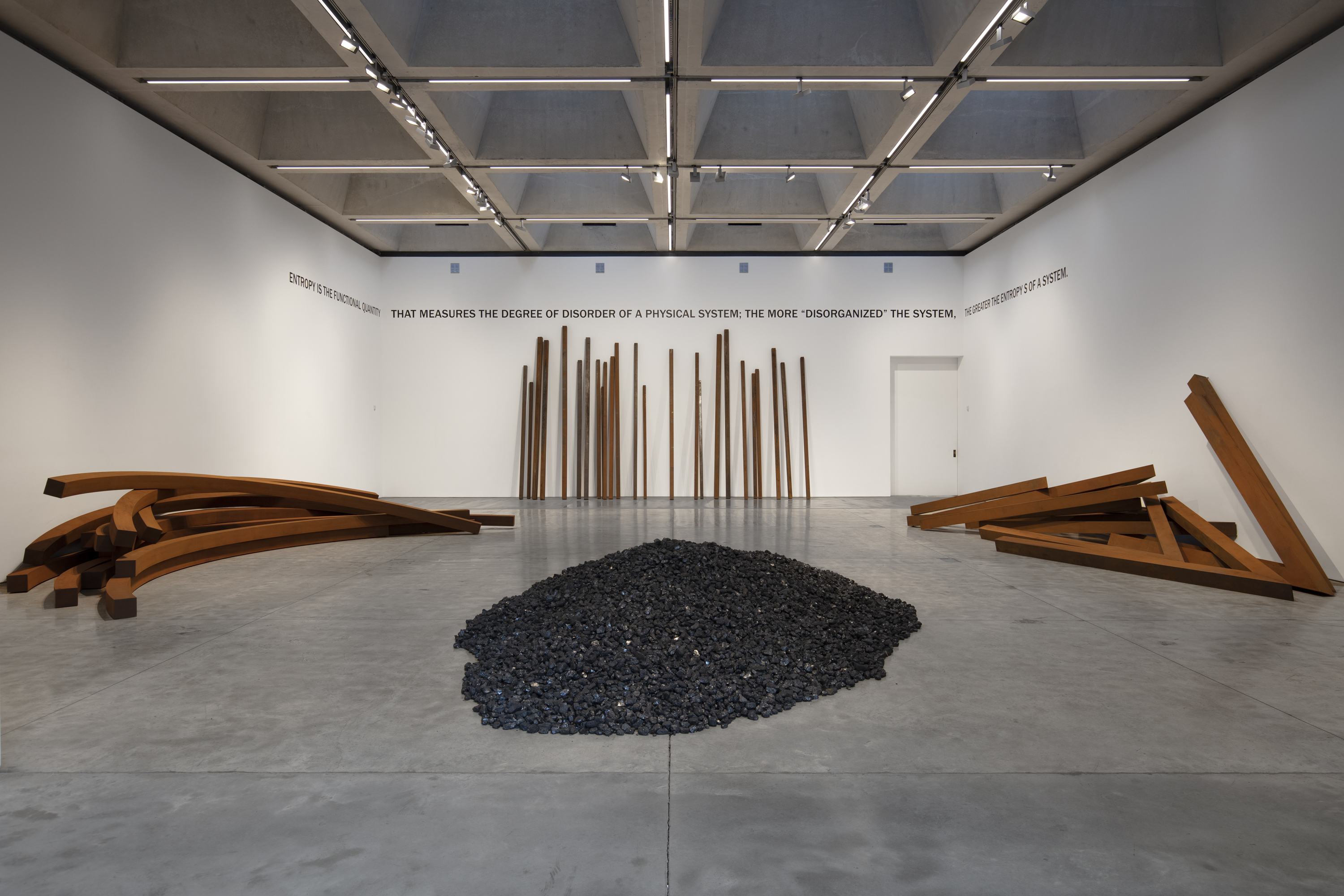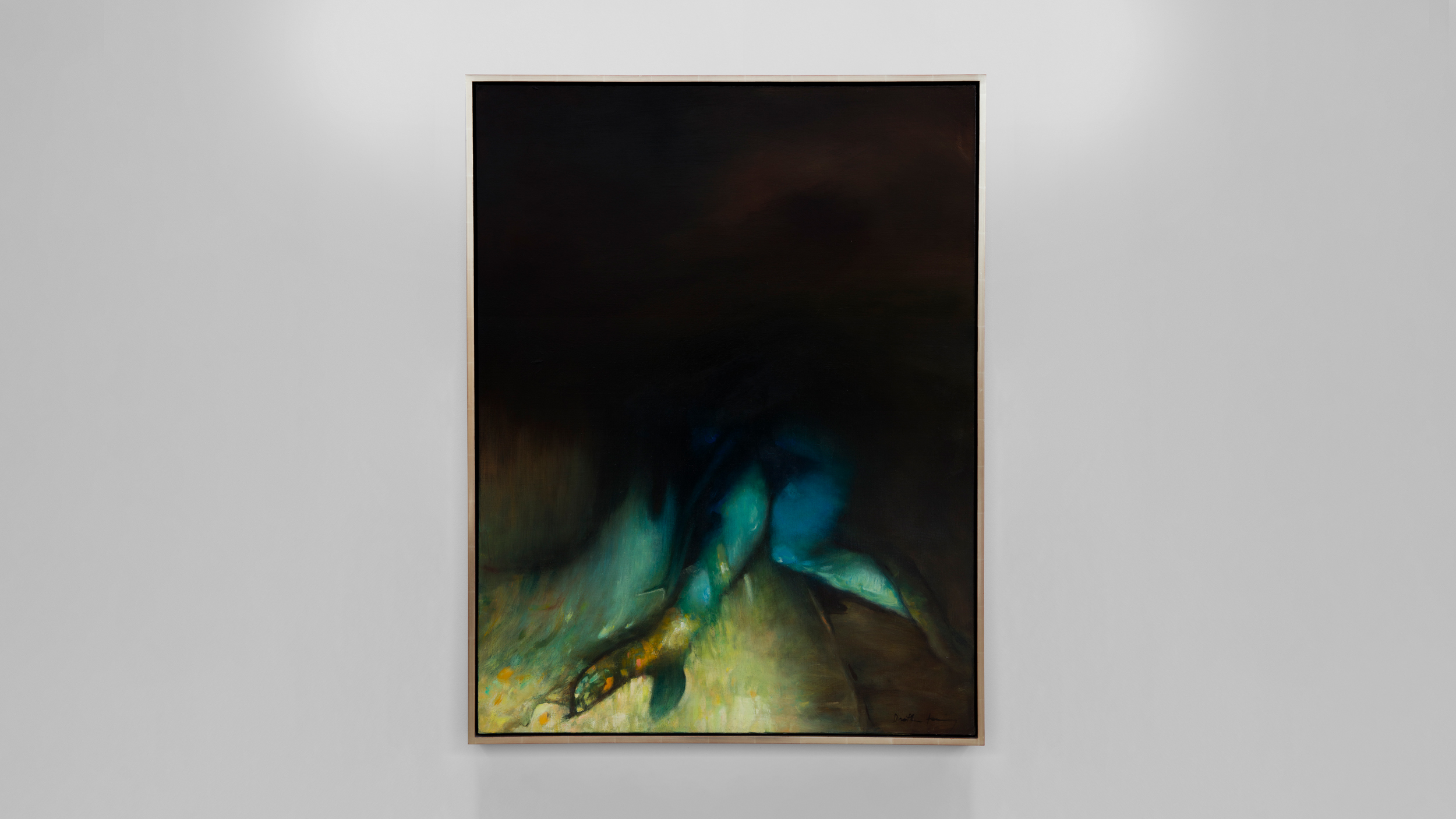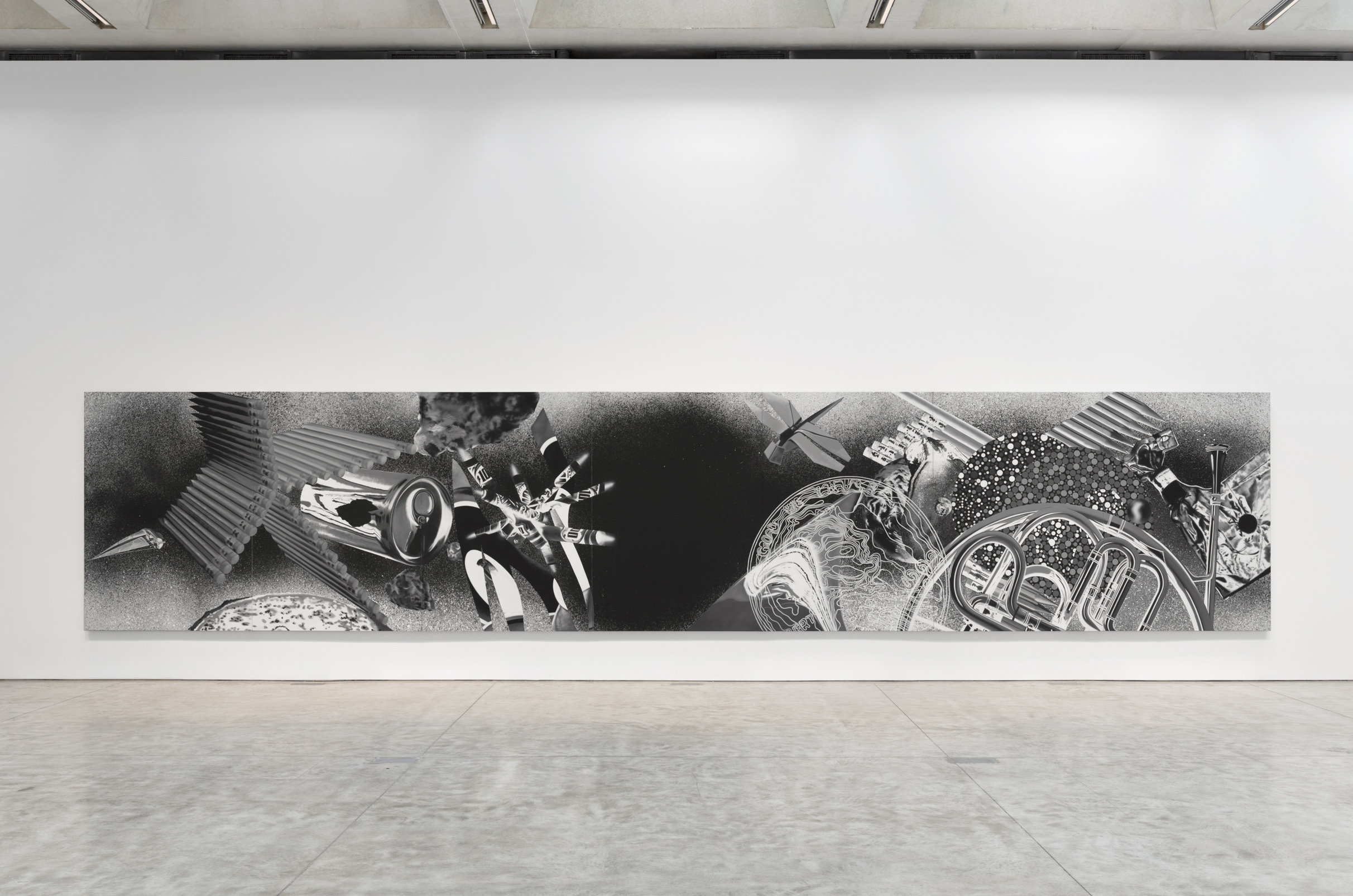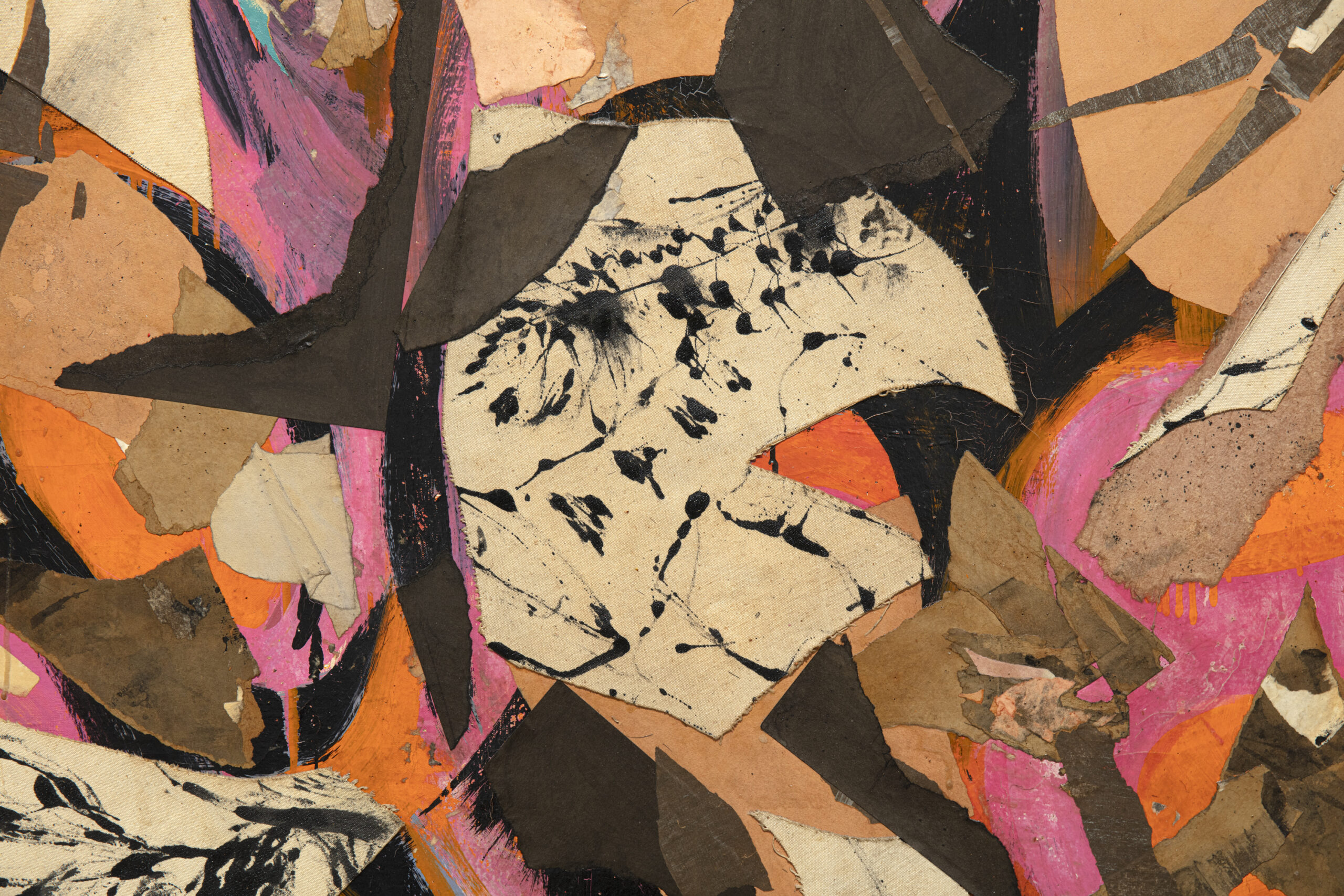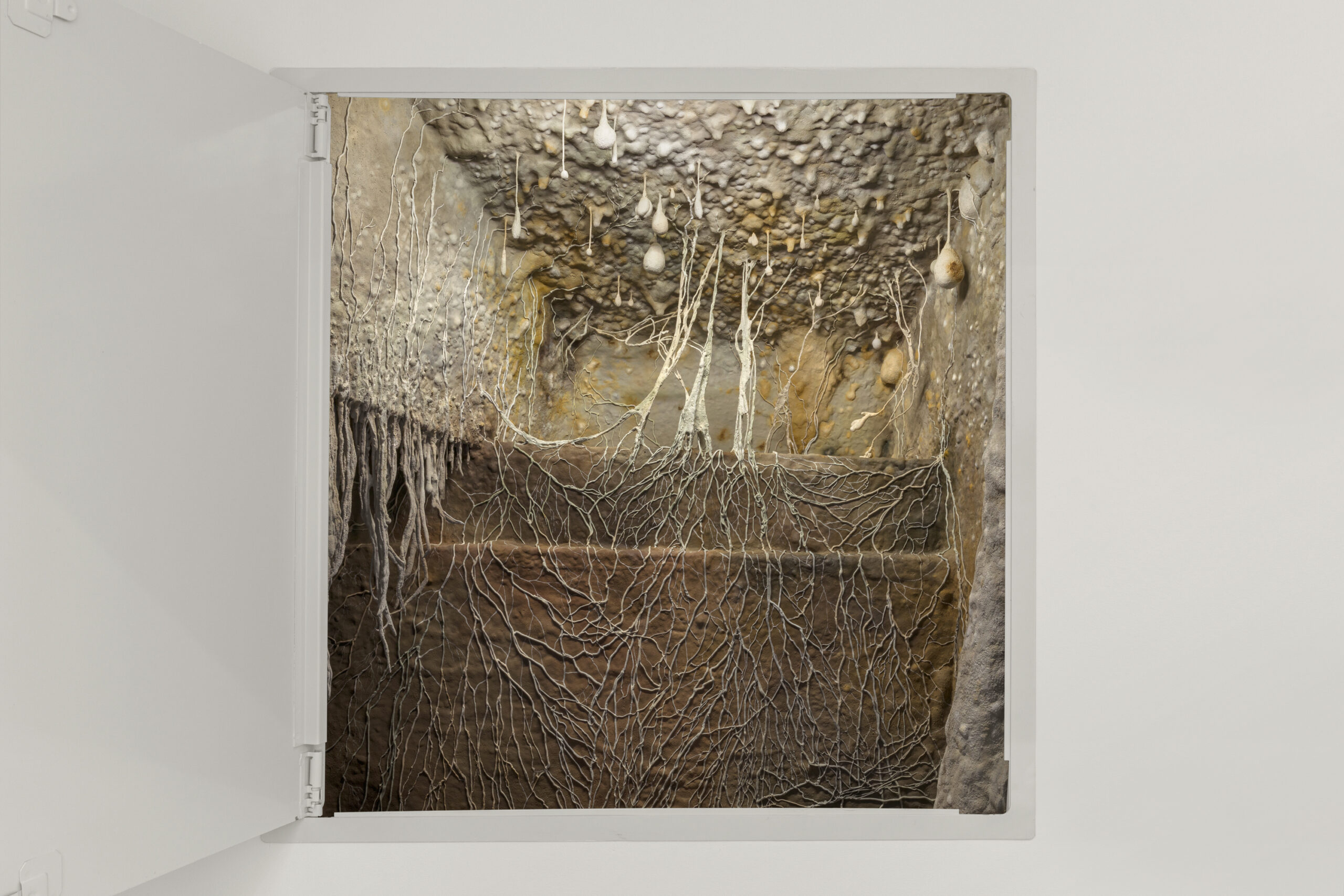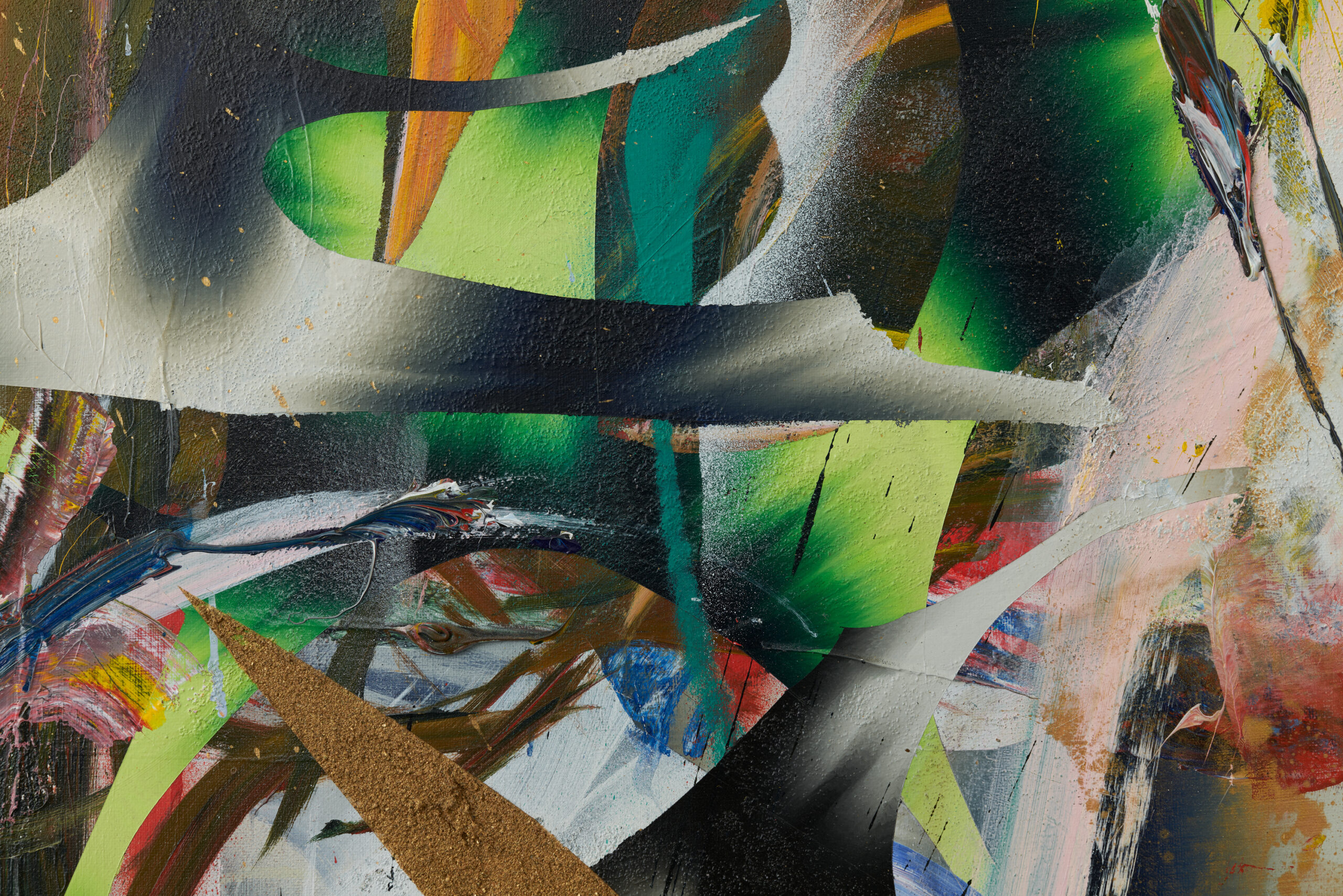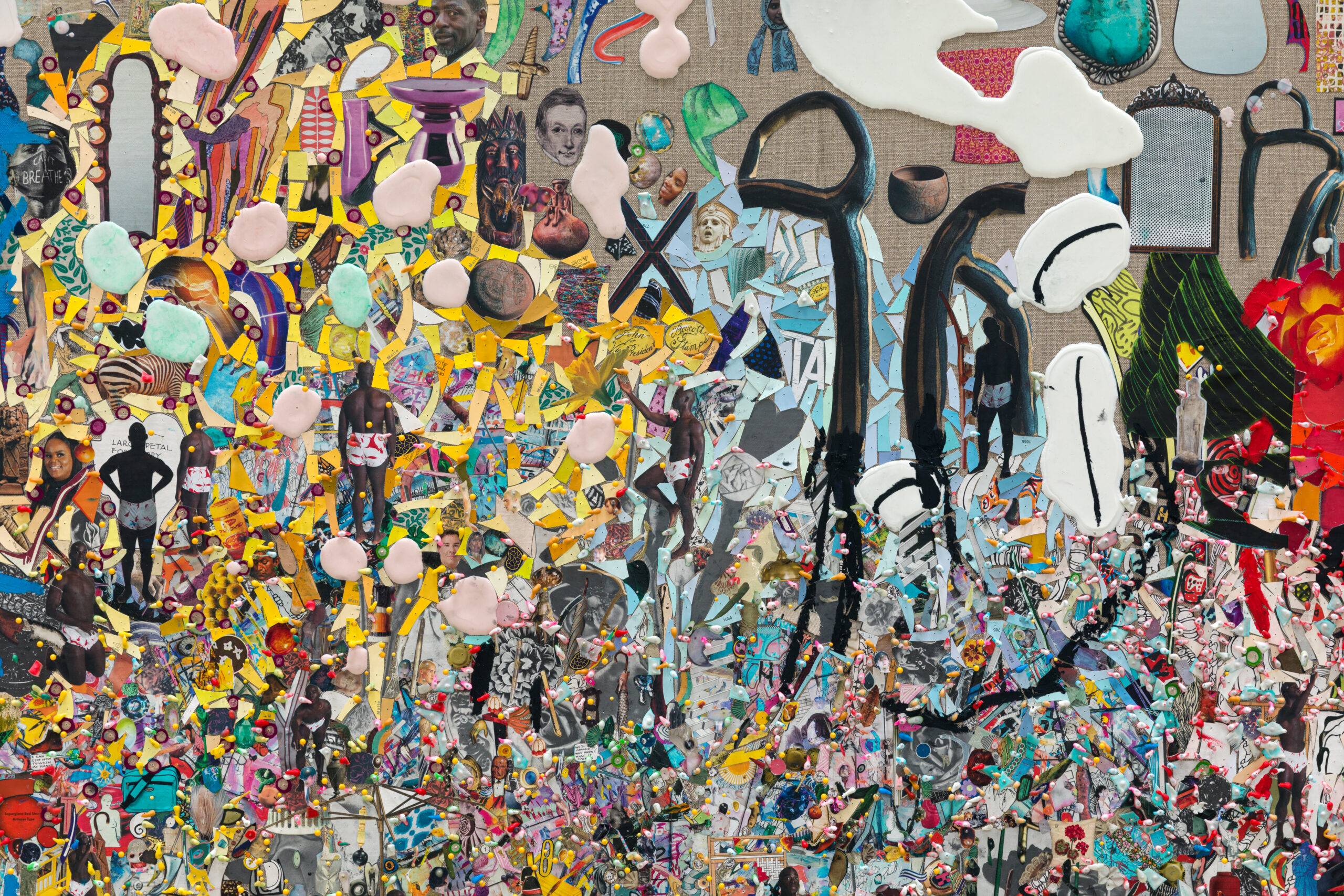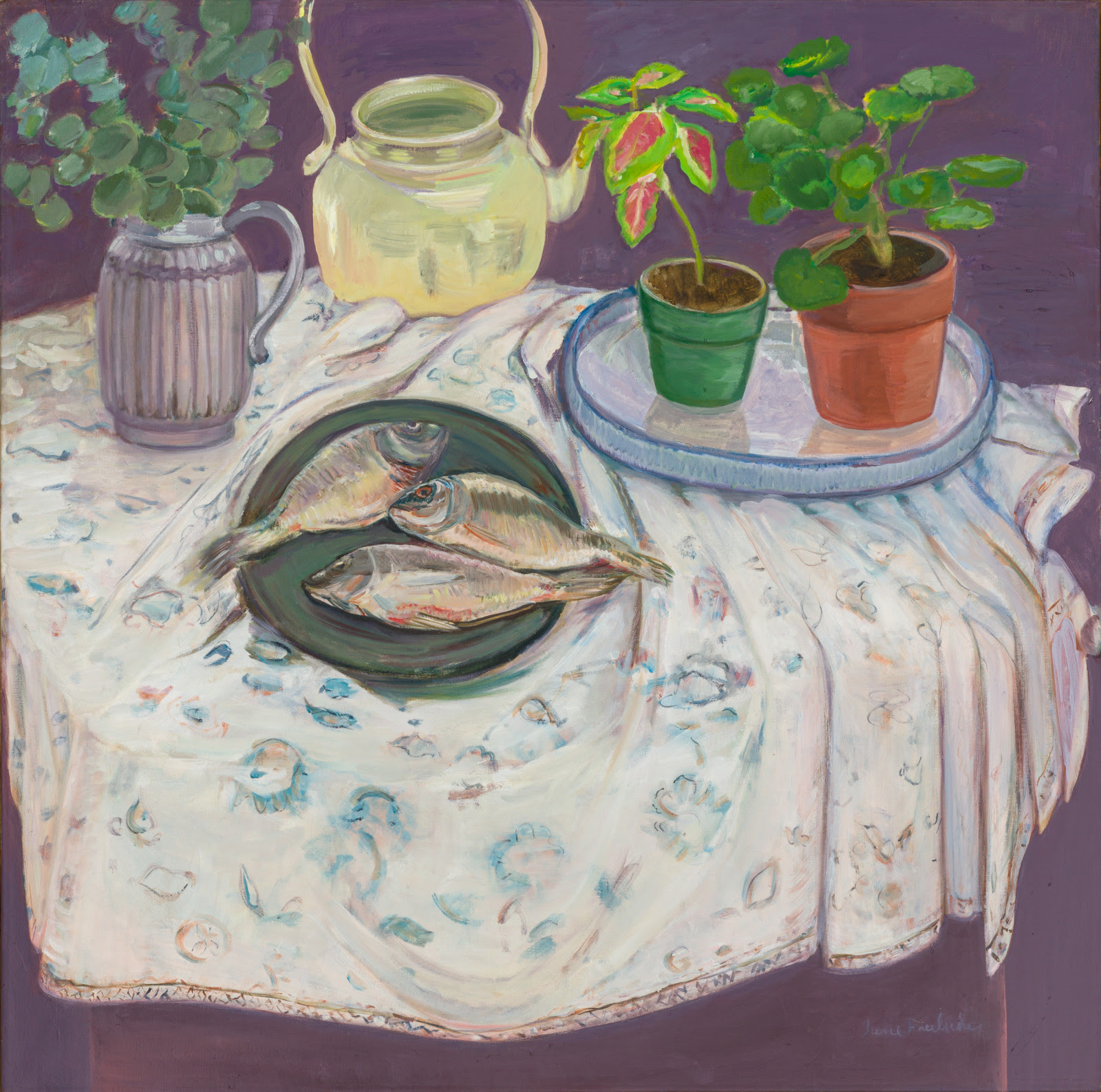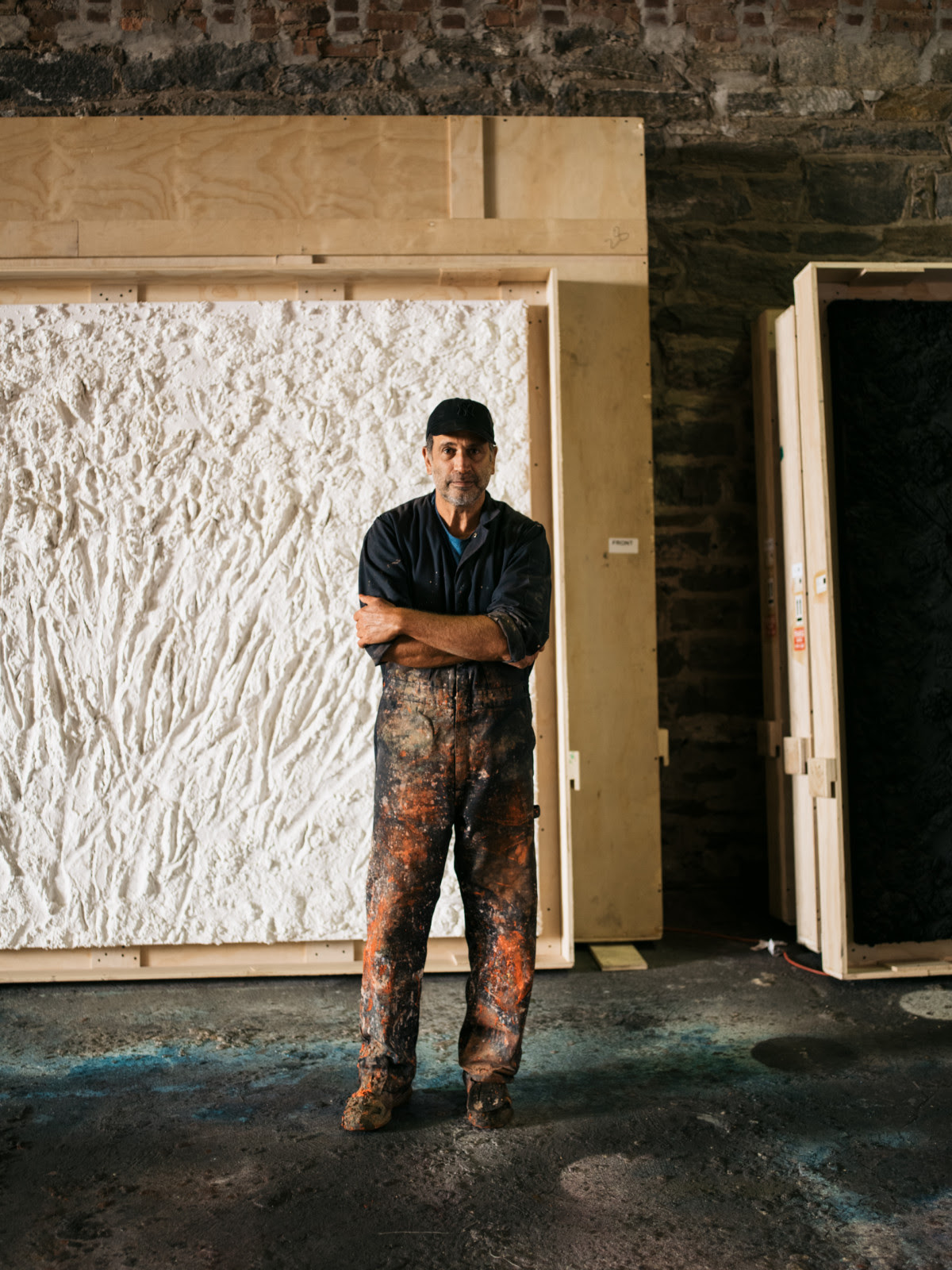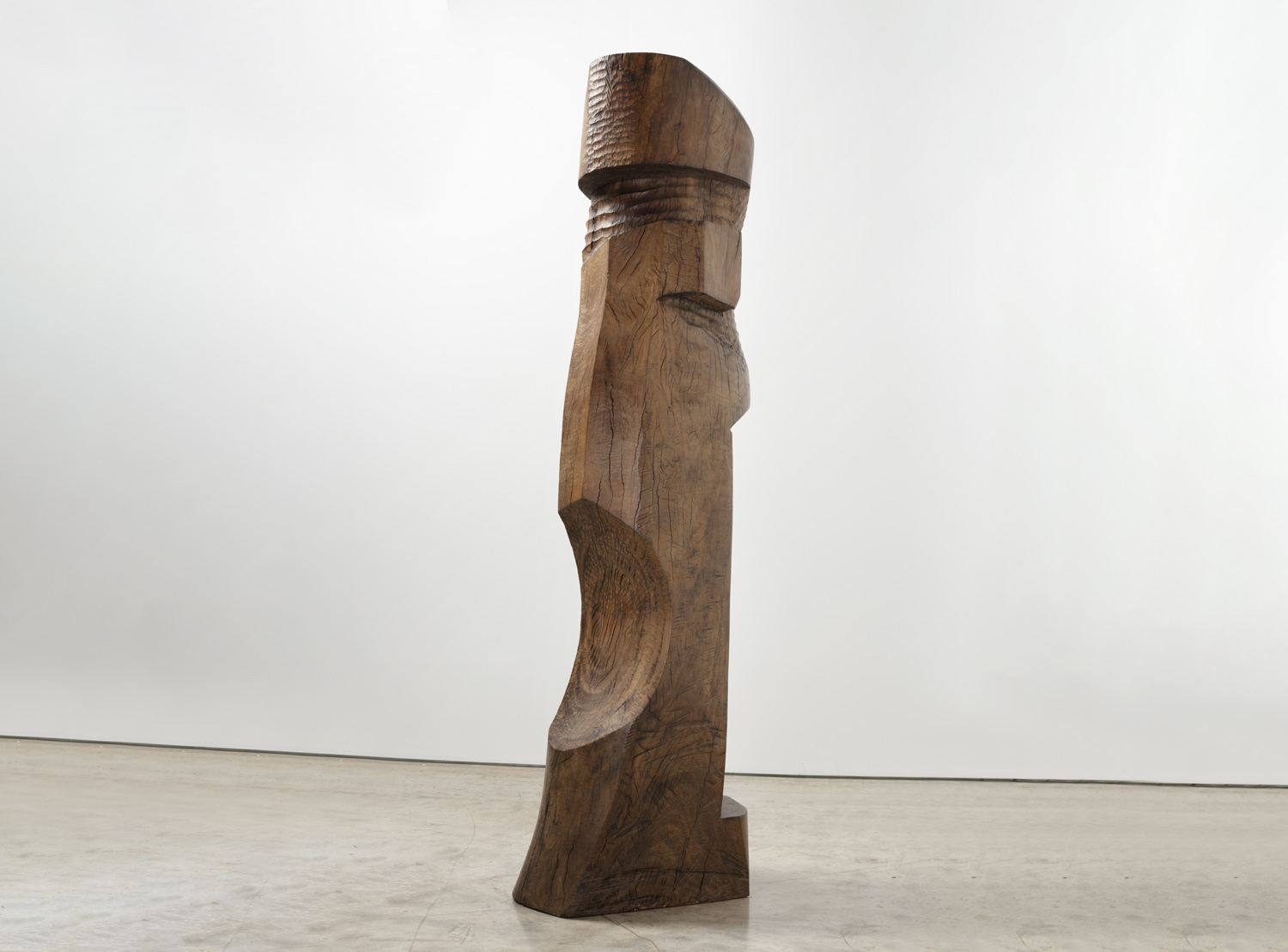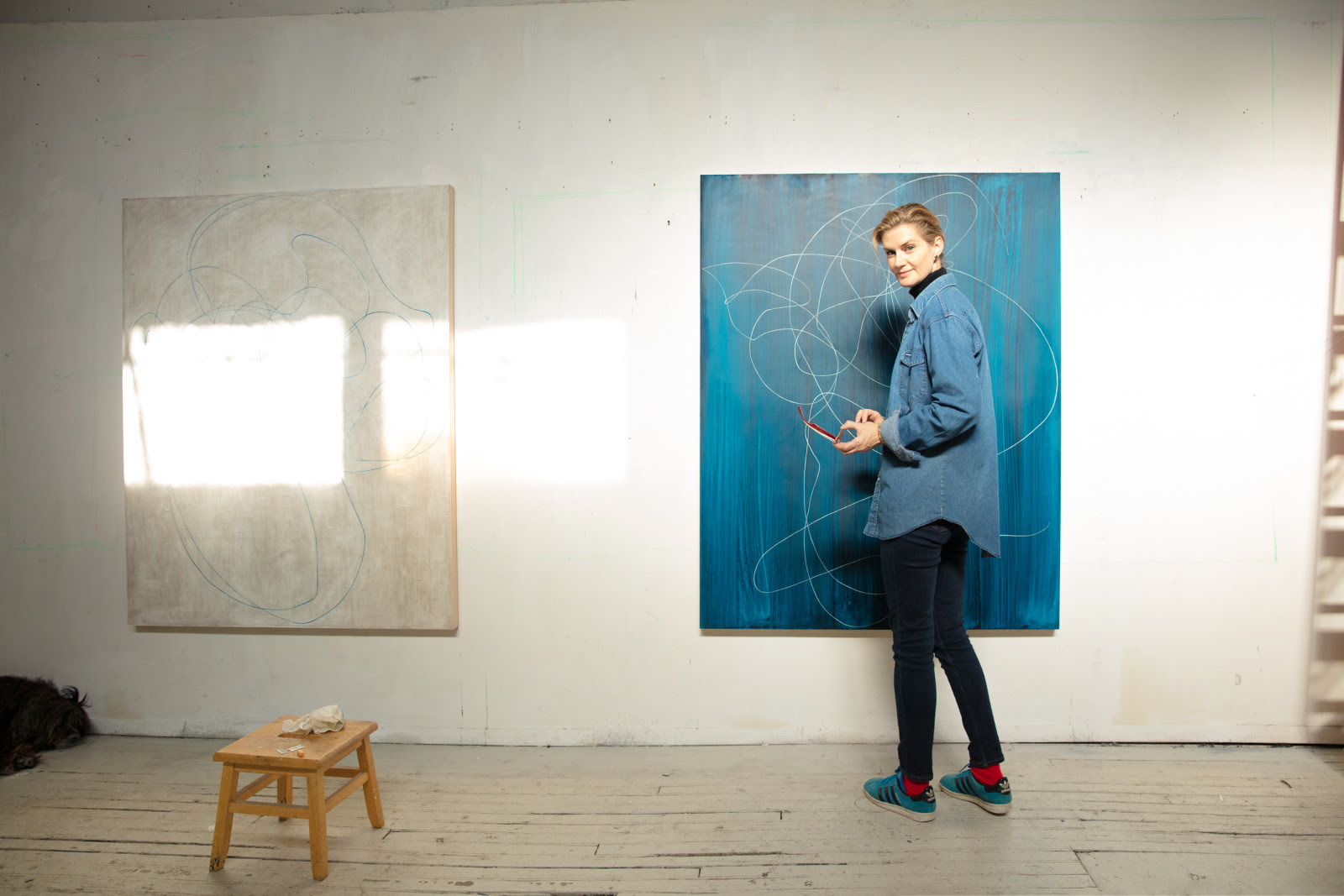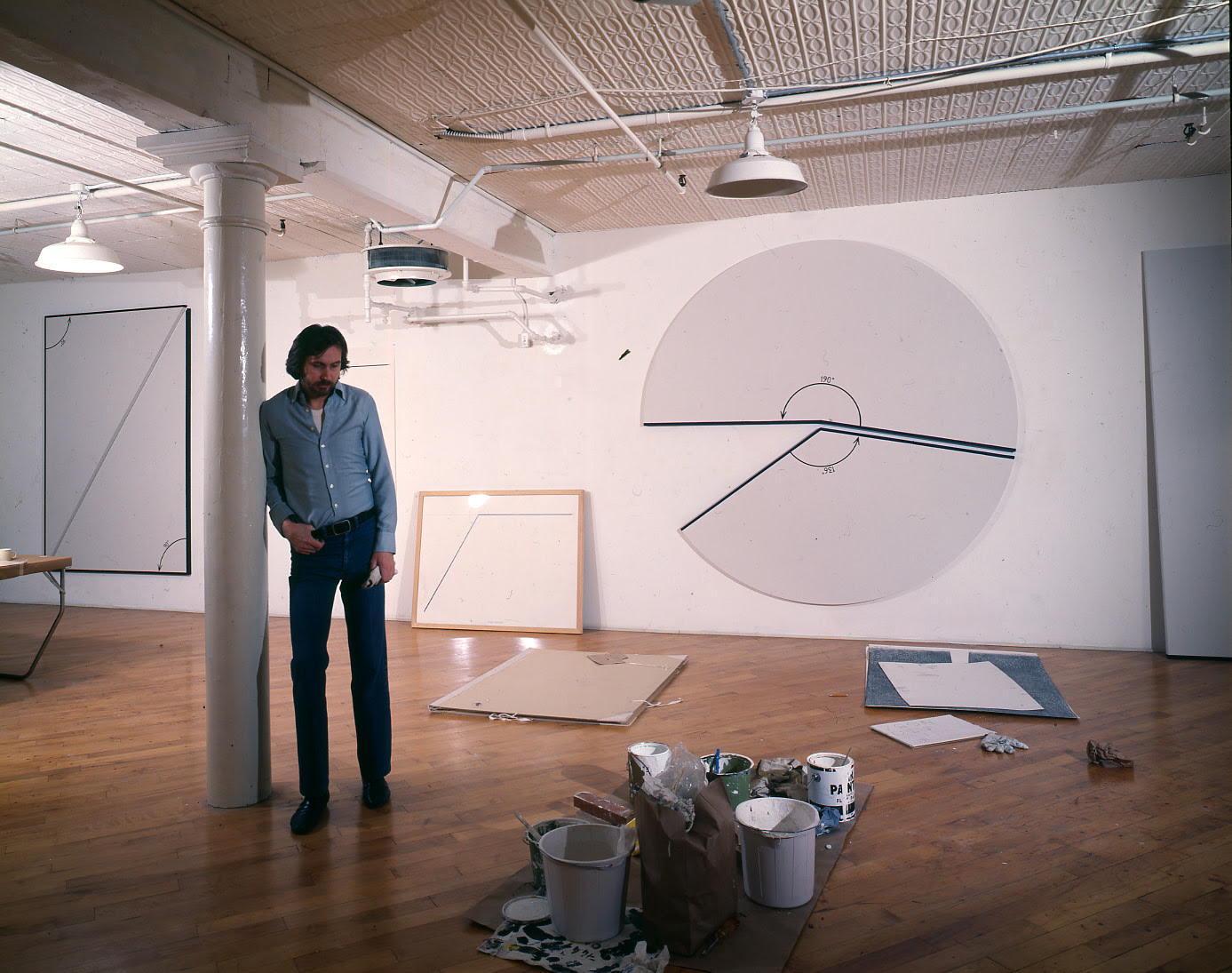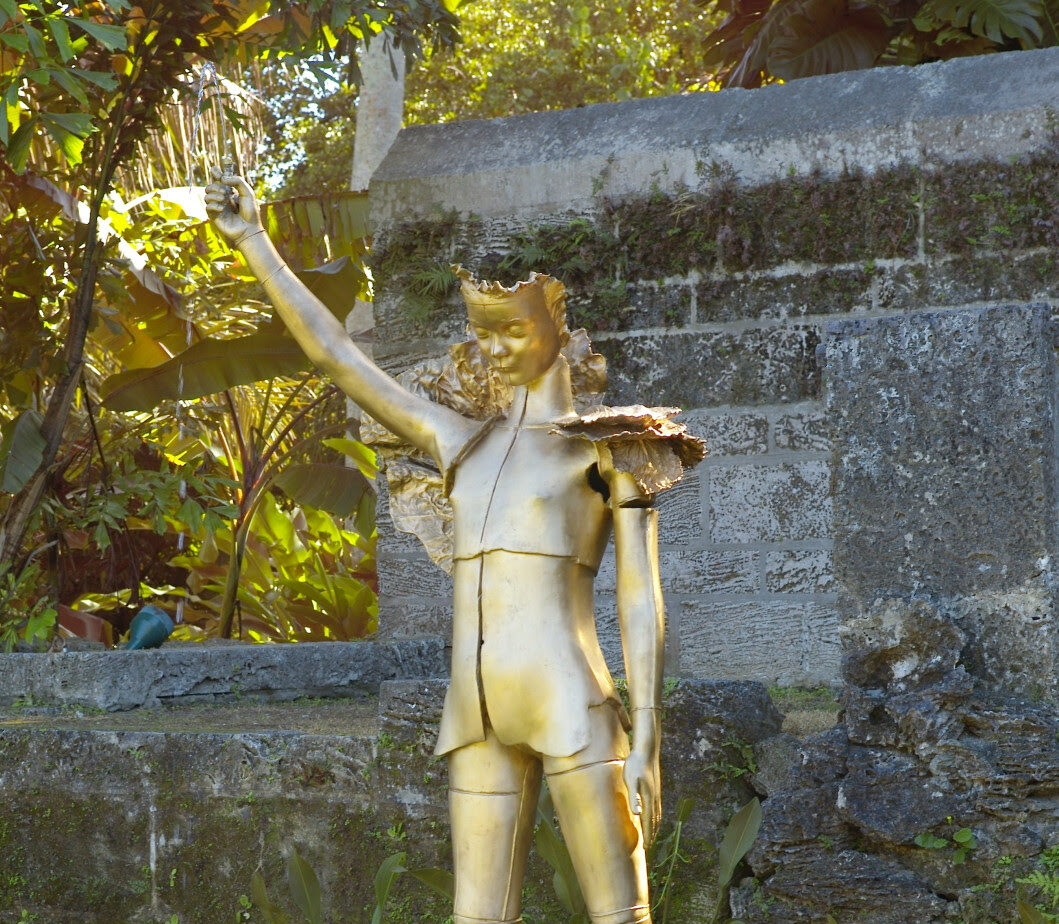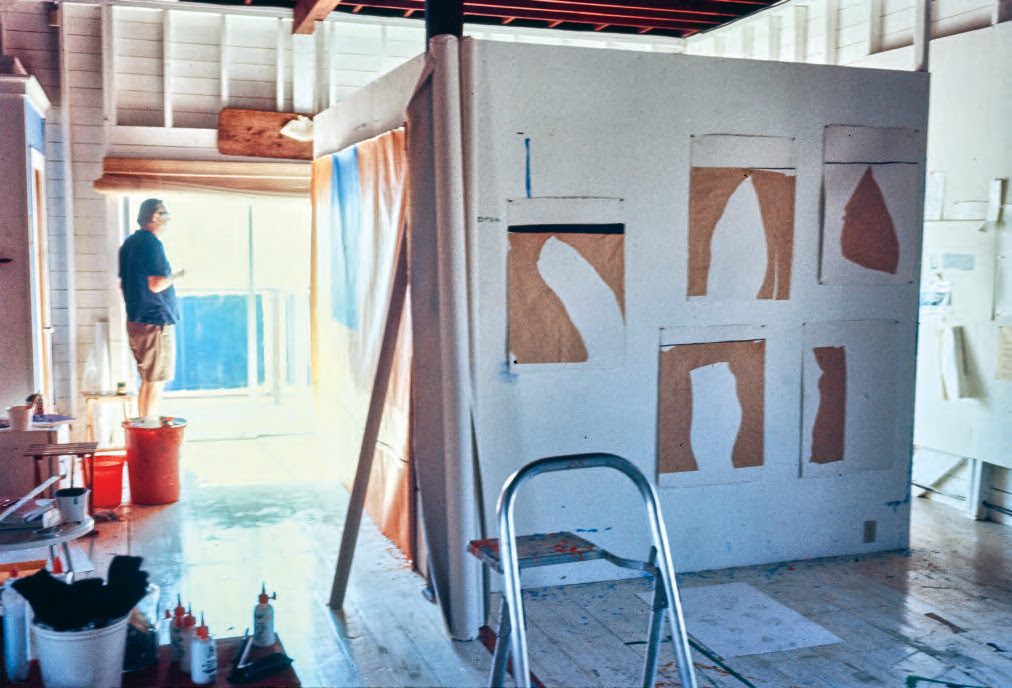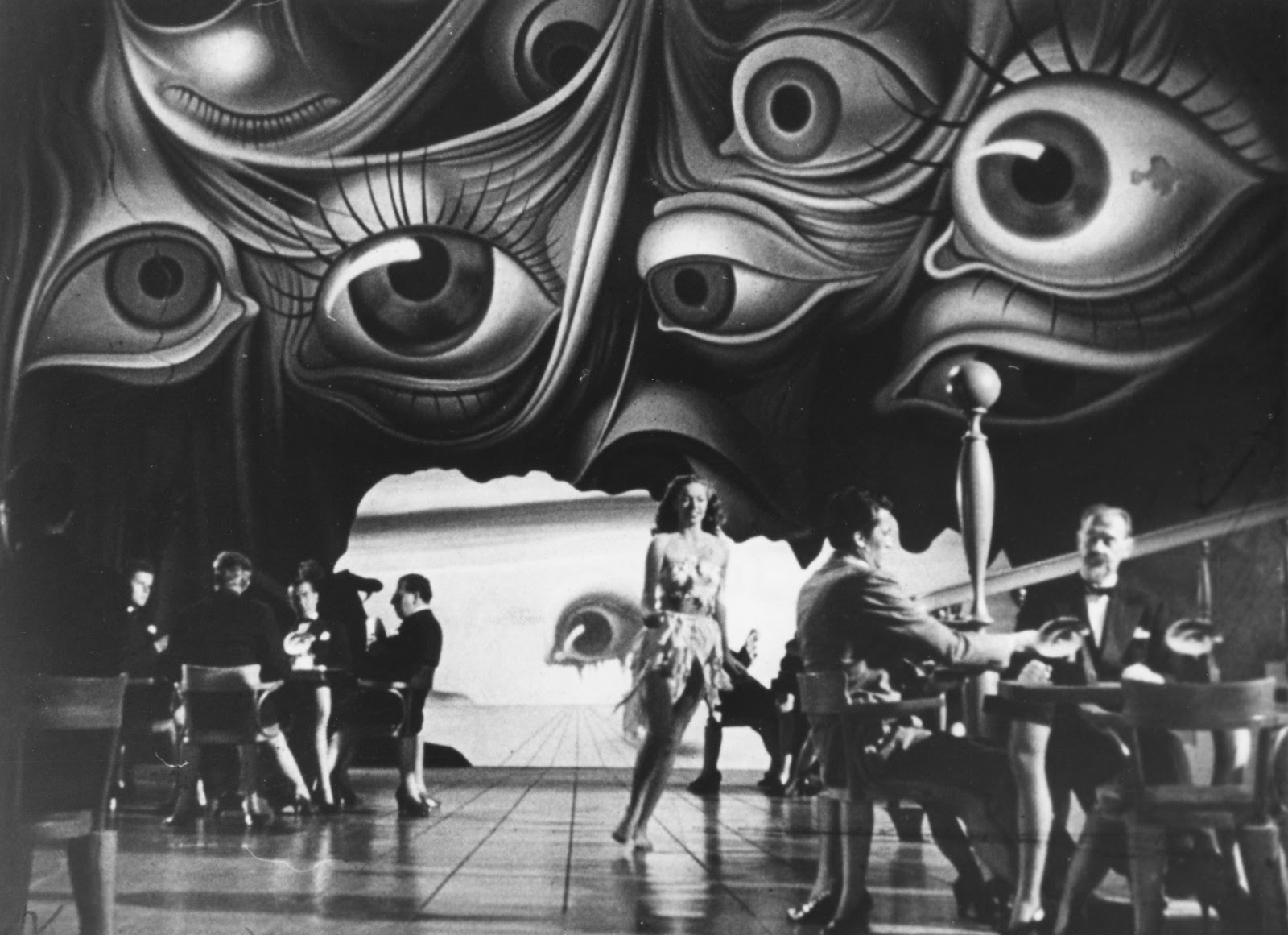On occasional Saturday mornings, Kasmin shares essays and interviews that expand critically on the work and practice of gallery artists. This new essay on the sculpture of James Metcalf is penned by the artist’s biographer, Roy Skodnick, and is published on the occasion of the exhibition Hammer and Hand. Explore the works in our online viewing room or visit at 297 10th Avenue through April 23, 2022.
“By hammer and hand, all Art doth stand.” – Blacksmith saying
Critical descriptions of James Metcalf’s work are remarkably similar. All appreciate his baroque formal elegance enacted with a mastery of metal and a startlingly original vocabulary of forms and techniques. From his early work in iron to his later work in brass and copper, the sculptor achieved an exceptional visual maturity in virtuoso performance with tools and torch, in keeping with the technical ground of welded metal sculpture from Julio González to David Smith and his contemporaries.
Sam Hunter wrote in 1961, “Metcalf’s impact is somehow more passionate, barbaric and psychologically disquieting than that of the conventional welder. His forms are almost precious in the refined beauty of their surfaces, and disturbing in their associations, with nerve centers of saw-teeth, or rippling lines, or simply torn metal.”
Metcalf’s sensibility was grounded in a precocious knowledge of Gothic, Romanesque and Medieval art as well as his technical interest in Art Deco and Art Nouveau (Gaudí and Hector Guimard). Indeed, he cut a wide swathe during his fifteen-year European sojourn from London to Spain and Paris, investigating everything from the caves of Lascaux and Altamira to his closest contemporaries, the Nouveaux Réalistes (whose antics amused him but whose faith in the most ephemeral found object as the great next step he doubted). Even before World War II, Jim, at fifteen, was deeply imbued with rare examples of history and culture thanks to his parents who made and documented stained glass. At the time of the Munich crisis, crossing borders and seeing armies mustering for battle, he found himself a witness to the coming war.
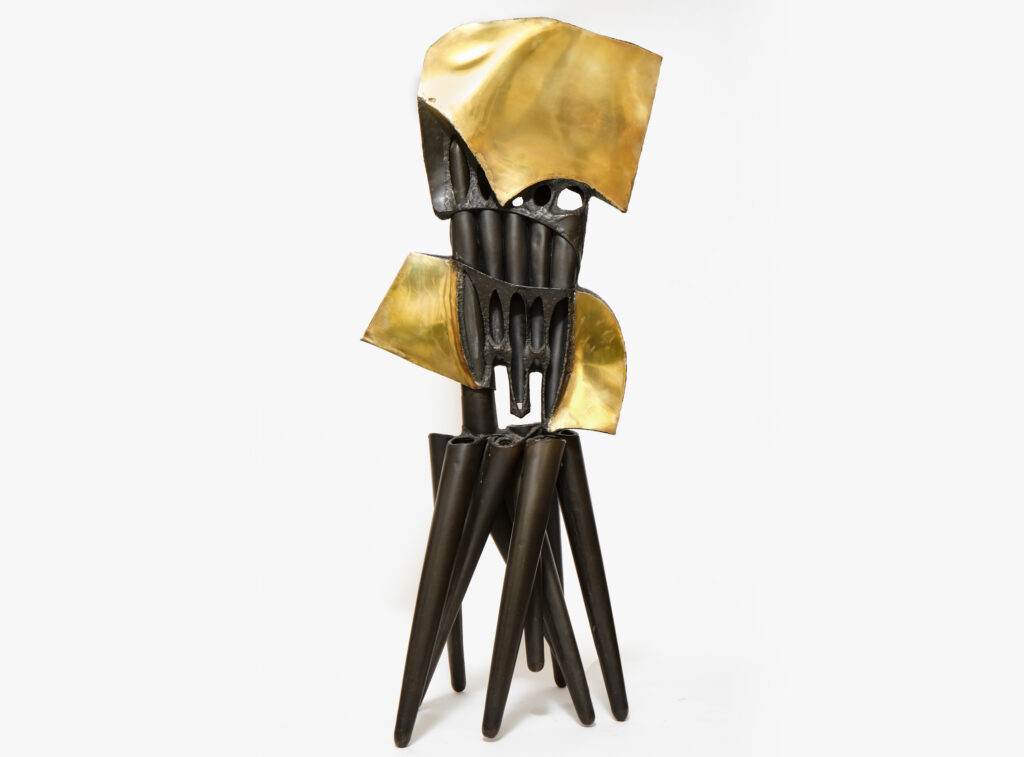
From 1953-56, Metcalf worked in Deiá, Majorca, where he set up a charcoal iron forge and was a young colleague of the British poet Robert Graves. With his avalanche of knowledge, Graves traded smith lore with Metcalf as he investigated ancient metal throughout the Mediterranean world. In London from 1950- 53, he had haunted the great collections of The British Museum. With his Irish roots, he was deeply drawn to Celtic art, especially the wild proliferation of animal forms and surface ornament of their exquisite work in metal.
Finally in Paris from 1956-65, taking inspiration from Roberto Matta’s nervous biomorphic creatures and the velocity of the painter’s accelerating images—and keeping faith with surrealism’s fidelity to unconscious motives—Metcalf improvised a sculptural vocabulary in brass ever more entwined in topological exfoliations of inner/outer and concave/convex. He fashioned a cornucopia of anatomical, insectile and lush sexual forms counter pointed by sheared and bent and even mutilated appendages, perhaps a reflection of his experience as a front-line combat soldier in Italy in 1944.
Among the artists working in the shadow of Brancusi’s great studio at the Impasse Ronsin (“that most privileged site of modernism”), Metcalf was quickly recognized as “the American who knew everything about metal.” Before he arrived, Jean Tinguely had simply wrapped wire around the joints of his satirical machines. First Metcalf welded them, but he made the welds too skillfully for Tinguely’s intent. “Stop! You are making them too beautiful!” So he taught the Swiss sculptor how to spot weld. He also introduced him to Niki de Saint Phalle.

His generous love of sharing skills and working in collaboration with others eventually led him to Santa Clara del Cobre, where he worked with fellow sculptor Ana Pellicer and taught the local copper smiths to exploit the design potential of their ancient forging technique.
Towards the end of his Paris years, Metcalf took to hammering out female torsos from separate pieces of brass sheet soldered together seamlessly. Exploring the relation of metal and skin, he discovered a core form. “I would take a sheet and fold it, as you would a flat sheet. It’s not sunk, it’s just a sheet folded, bent not raised. With my wheeling and rolling machine, I formed the metal. A folded thing goes in only one dimension, but this bosselage—Malraux’s word for the singularly original quality of Greek sculpture—is folded like a bowl. The thing becomes so sensual. With my machine you get positive and negative, coupled with the three-dimensional yin yang. From yin yang, I went to the hyperbolic parabola, this saddle shape—what you have between your fingers and toes—human forms. It started out as a very mathematical, topological study. Then it turned into figures, and using this voluptuousness, it became surprisingly automatic, a geometrical reality.”
In this exhibition, we find examples of the full range and scale of Metcalf’s work, from the intimate, haunted and playful to the epic and dramatic. Bar Fly is one of many torsos he did, this one almost complete but lacking arms like the Venus de Milo. Others sheared off into abstraction. On her bar stool, perhaps Bar Fly has a satiric intent. Metcalf took her for a drink at the Café de Choppe around the Impasse where he also taught the Lalannes to play billiards.
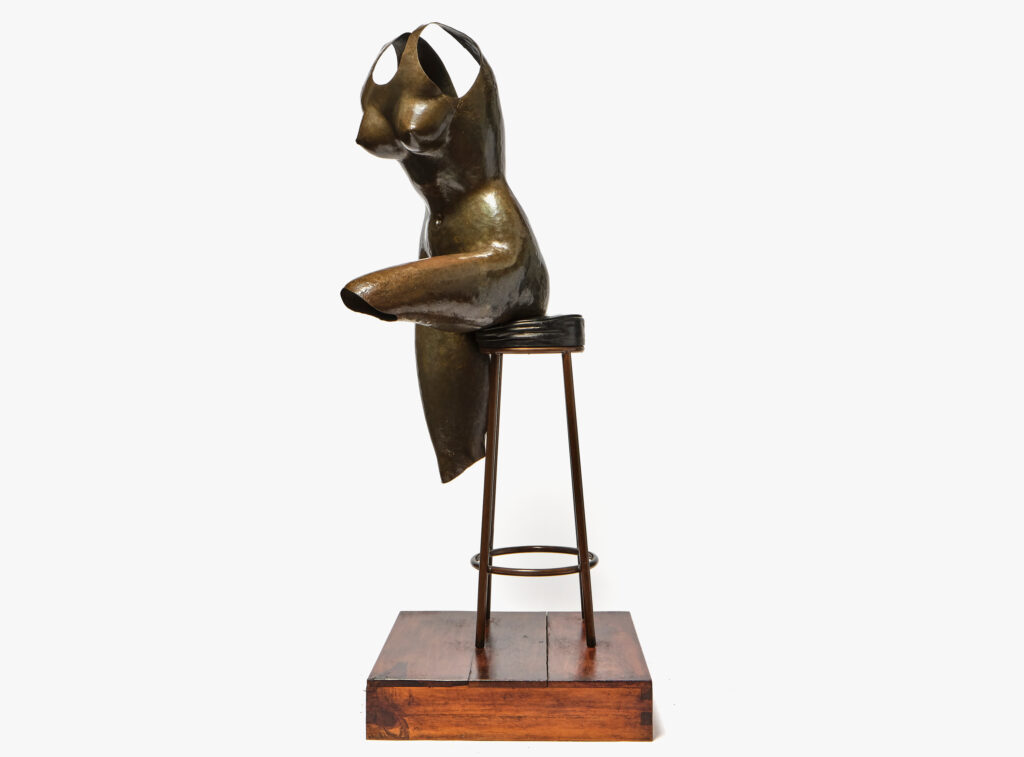
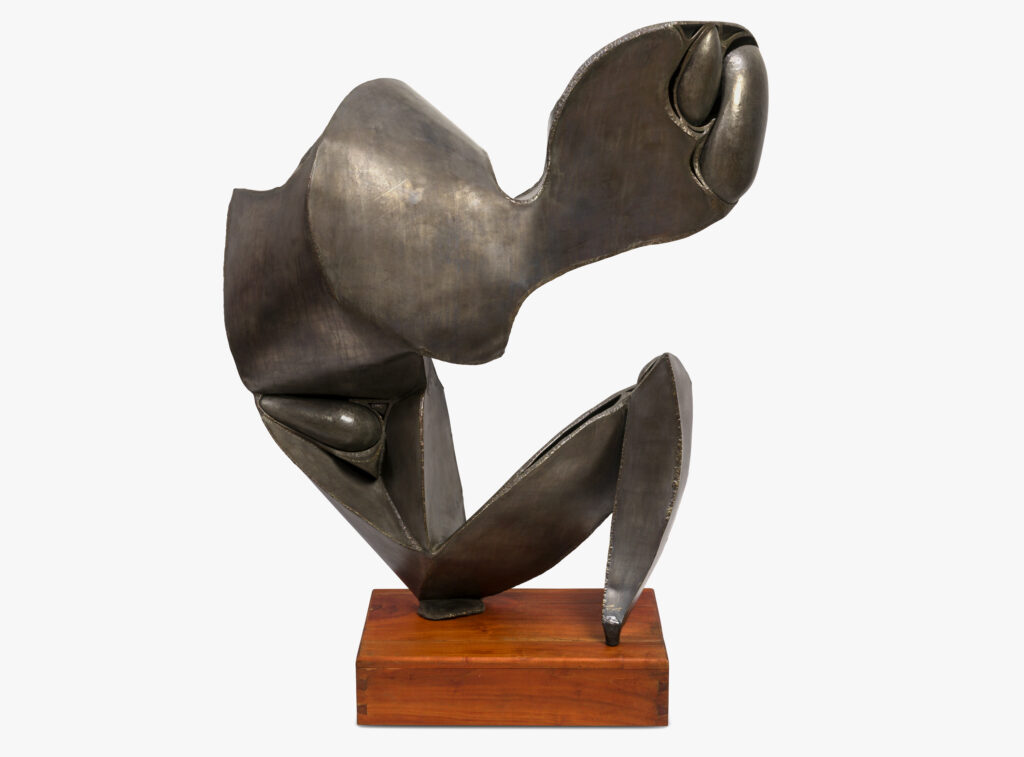
A monumental piece, Lady Macbeth thrusts her aggressive profile of writhing obscenity into space from all directions, coiled and viper-like with murderous intent ready to spring. Sam Hunter wrote, “in contrast to the unbroken expanses of surface, a scattering of smaller, ovoid forms, mounted like jewels in a setting, or anatomical organs in metal pouches, create a disquieting confusion of interior and exterior parts.” He added, “Metcalf is capable of going beyond the evocative, with arresting, bizarre effect, adapting the Surrealists’ Grand Guignol stage machinery of mock-horror to wider plastic aims.”
In contrast, Athena’s Aegis projects a classical nobility, the luminous elegant surfaces of the shield of the goddess are planted solidly on a cross-hatched iron base of six mandrels echoed in the upper torso like ribs behind the brass exterior of blinding celestial light. So too in Ceanus or Ceanunos (meaning “the horned one”), another divine figure from a radically different pantheon, we see Metcalf’s tribute to the Celtic art and mythology he studied so ardently. This lord of wild things sports the antlers of a stag. Incised on the effulgent surfaces of the sculpture’s majestic body are various Celtic motifs, floating, symbolic eyes and ears that invoke the intense Druidic ornament and fabulous vital imagery of their archaic metal art. A technical “tour de force”—the sculpture disassembles into five parts.
Smaller works exemplify Metcalf’s repertoire of subconscious imagery. Reve of silvered brass projects the complexity of dreams in a swirl of elaborate virtuoso welds. My Scan and Magpie of Happiness are two variations of psychic moods, the one baleful and hooded, and the other phoenix-like with a column of small yin yang circles, a double ringed head and one fugitive tensile wing. A devoted reader and collector of Blake from an early age, Metcalf pays homage to the visionary artist-poet’s Ghost of a Flea, endowing his figure with a complex headdress of proliferating and concatenating shapes, ovoid and egg-like below, intricate striate and brain-like above, to enact the hallucinated reversal of scale in his flea and tie a loop in time to make a ghost.
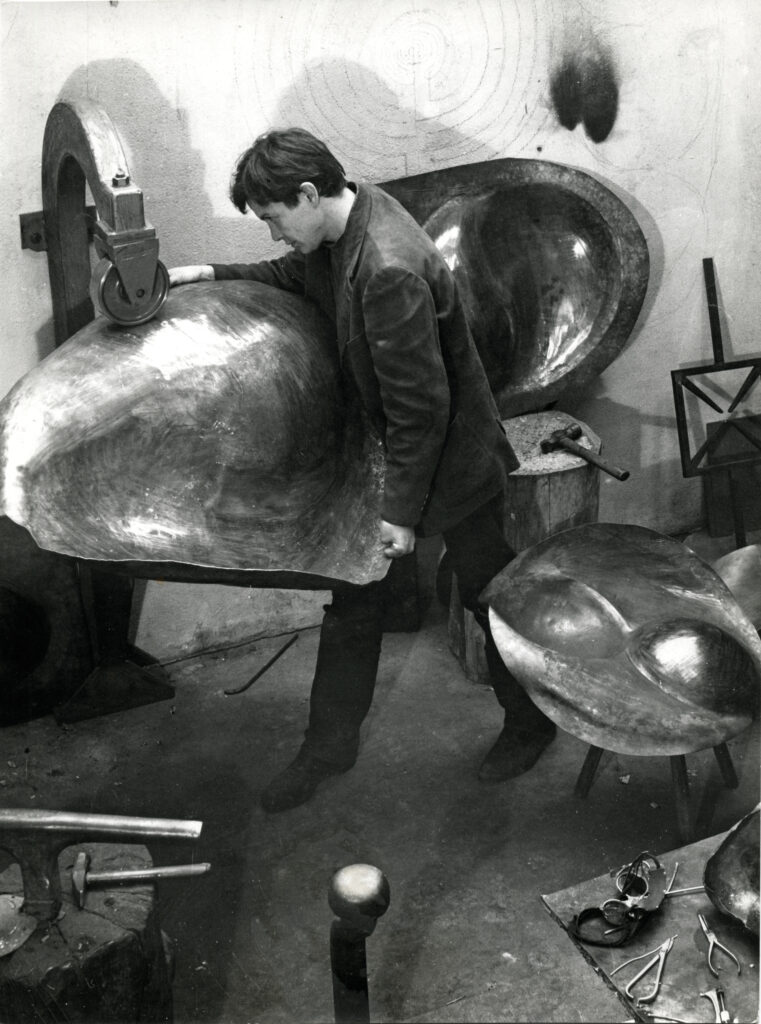
The three late pieces in hammered copper are technical meditations on his life and work in Santa Clara, specifically his founding act of teaching the artisans to exploit the latent power implicit in their forging technique. Instead of laboriously hammering thick pieces of the huge, smelted ingot into sheet to make their kettles, Metcalf demonstrated how they could preserve the thickness they started with by pounding down into the bulk of the copper and raising the sides to keep the thickness as the vessel rose, using the emerging ring to determine the shape of a sculptural form. They had the mastery of forging but no design and were squandering the extraordinary advantage of their technique. Once Metcalf showed them a few examples that he made, they mastered the change with breathless speed. They already had the technical means in their hands. As aesthetic models, he showed them Mesoamerican ceramics from neighboring cultures.
Birds of my Weakness has discontinuous pieces of the thick edge, as the two other pieces do. Here they constellate around the bursting convex shape of a breast that recalls certain of his earlier sculpture, as well as a concave declivity. Both inner and outer torsions pay homage to the curved volume of artisanal pieces but with a sculptural twist.
Variations on the Thick Edge, a protruding bulbous form, fits a piece of blue glass at the top in a yin yang circle recalling his work as a young man in his parents’ stained glass window studio. Portrait looks almost like an industrial component, with two tubes ready to connect to rubber hoses, recalling how Metcalf bridged the gap between the artisanal tool practices of anvil and hammer to modern machine tools that he introduced.
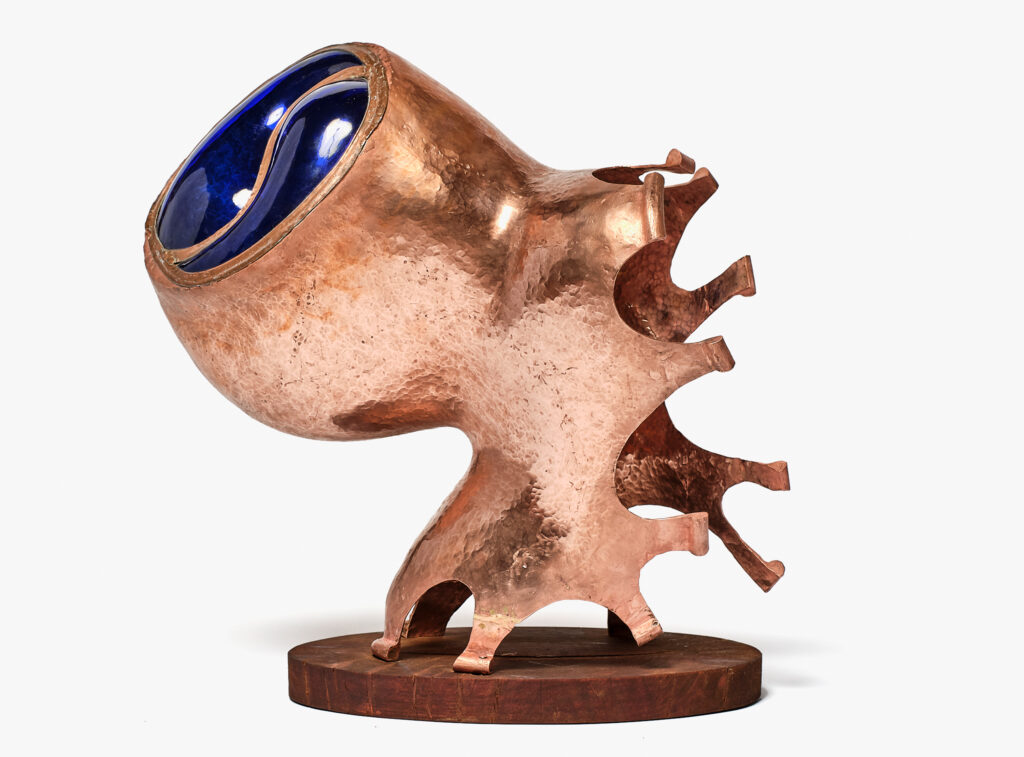
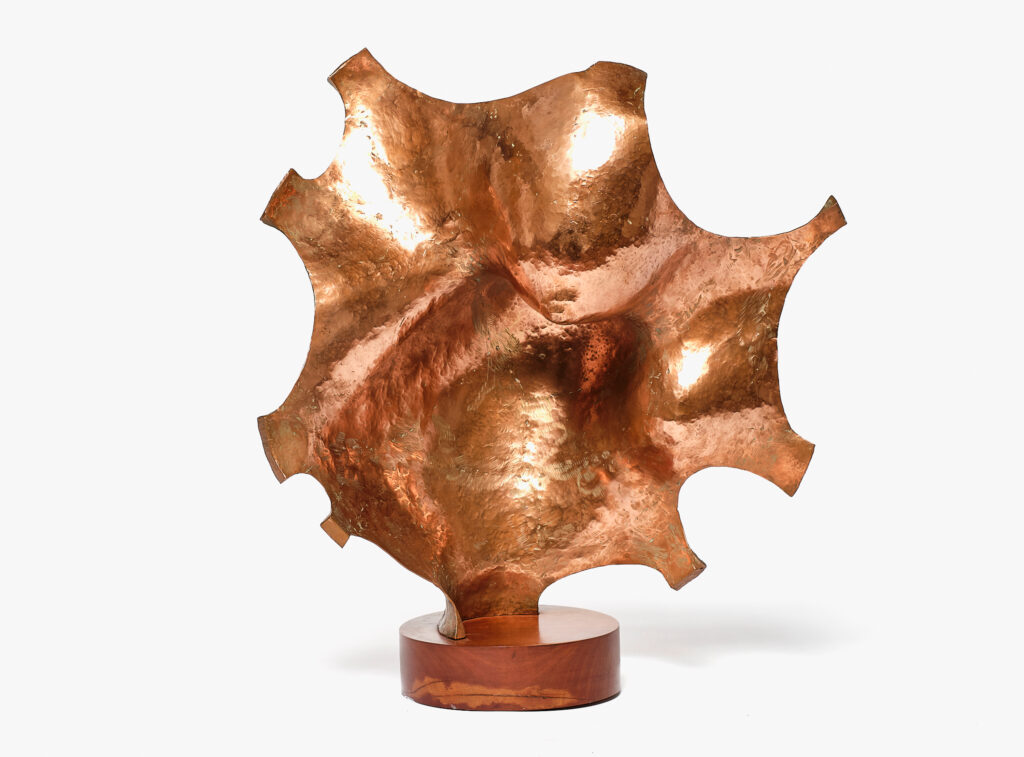
Metcalf was a storyteller, and his sculpture tells stories. Myths and characters inhabit his work throughout his career from Yellow Springs, Ohio, back and forth to Europe and finally to the strange artisanal town he found that provided him the three necessary things an artist needs. To quote Melville, as he loved to do, “the artist needs a great work to accomplish, someone (Pellicer) to do it with, and the place where to do it.” He found Santa Clara del Cobre where the oldest copper forge of human history not only miraculously survives but also prospers today from his teaching.
Walking out of all centers of international art in his time, London, Paris and New York, to work in Michoacán, Mexico, Metcalf could justly invoke Stephen Daedelus as he addressed his namesake. “Old Artificer, old maze-maker, stand me now as ever in good stead.” No less a maze-maker than Dedalus, Metcalf discovered in Santa Clara de los Cobres—the town’s name was plural until the 20th century—a labyrinth of artistic, technical and social complexity that occupied him for the rest of his life. Following the poet’s injunction to learn the meaning of being numerous and as he wrote in 1984, “It seems as though there has always existed in the intuition of every artist worthy of the name, the realization that he had within him the seeds of his own negation, that his talent stemmed from a collective genius and would one day return to whence it came.”
